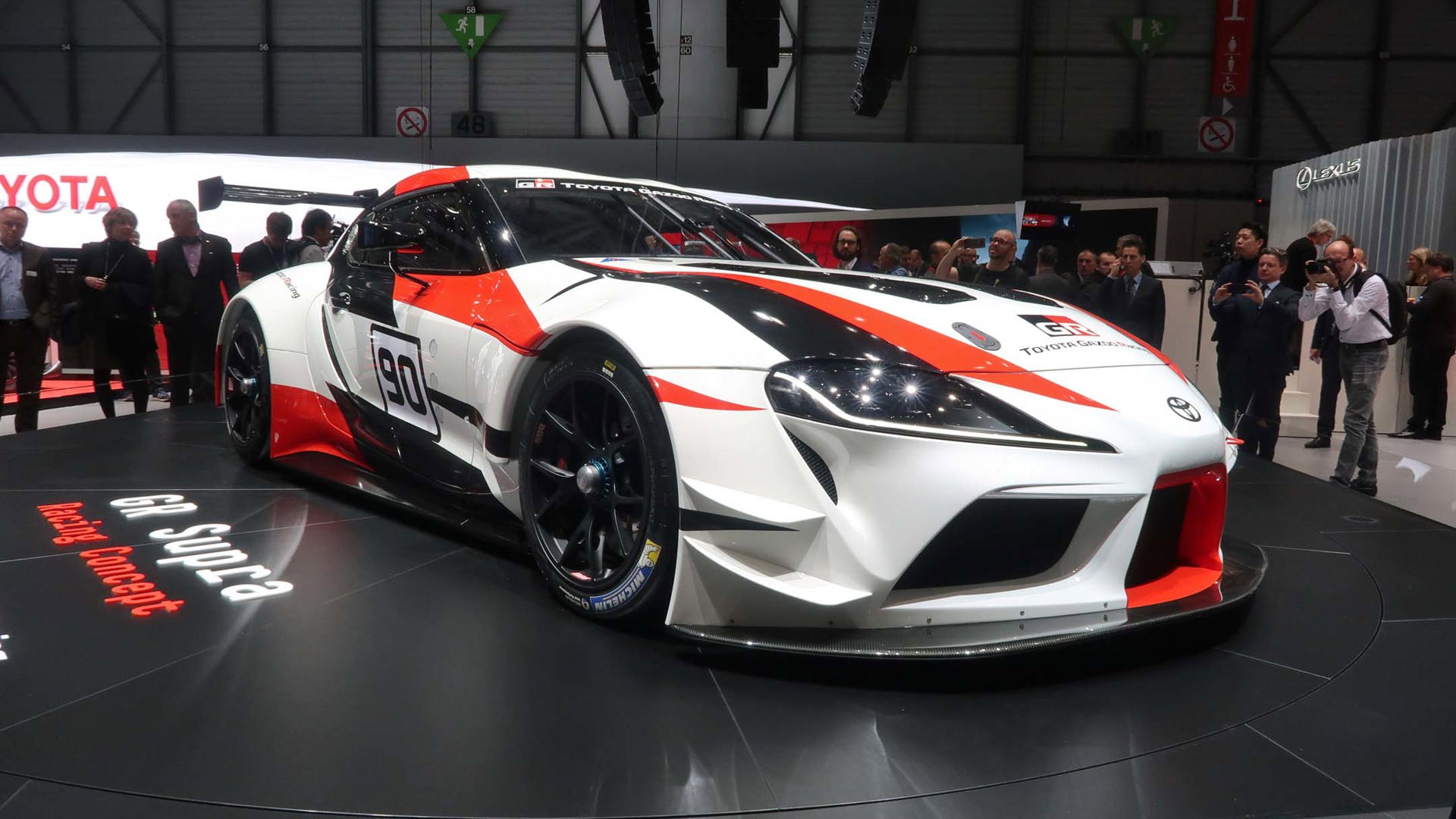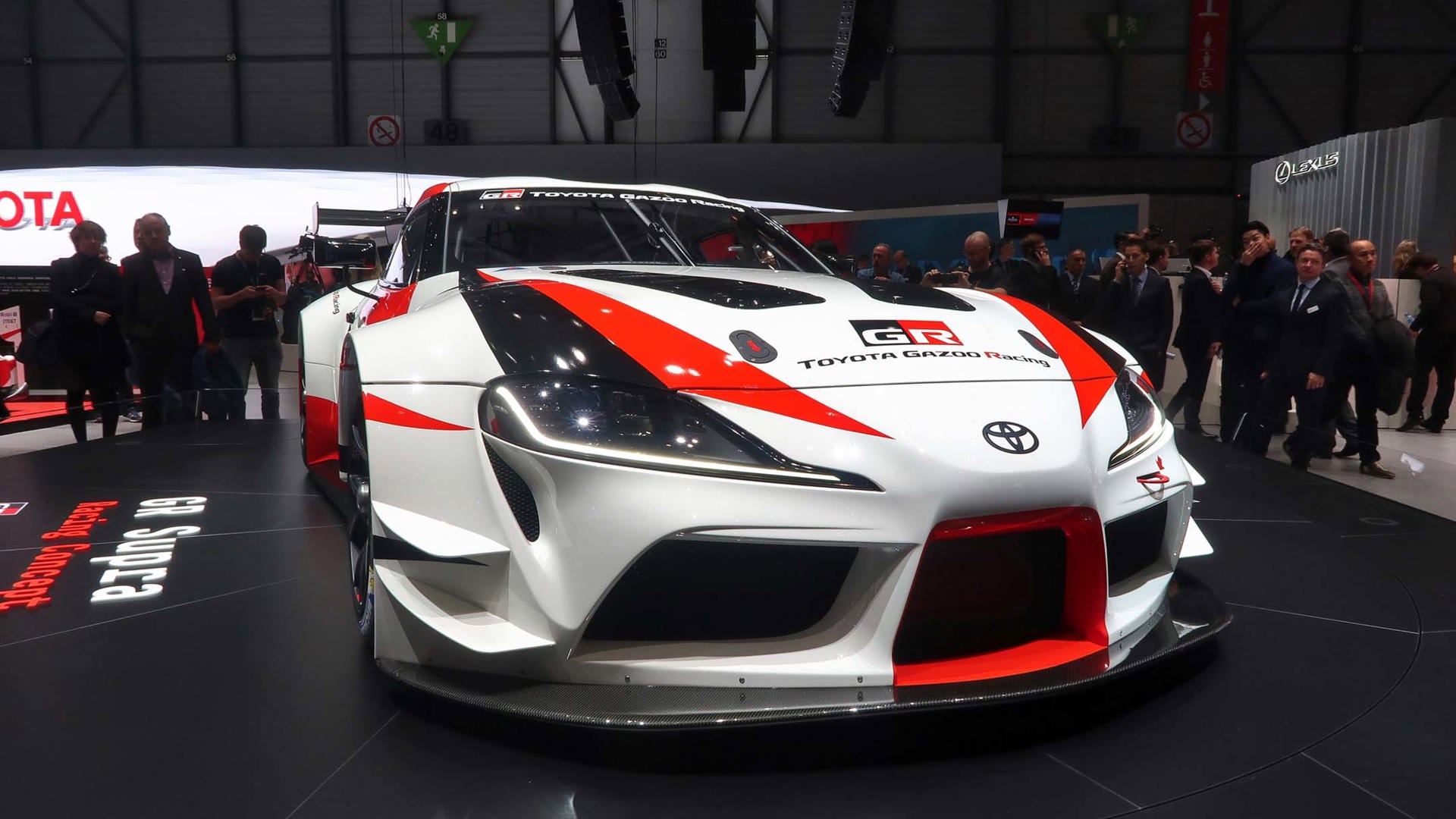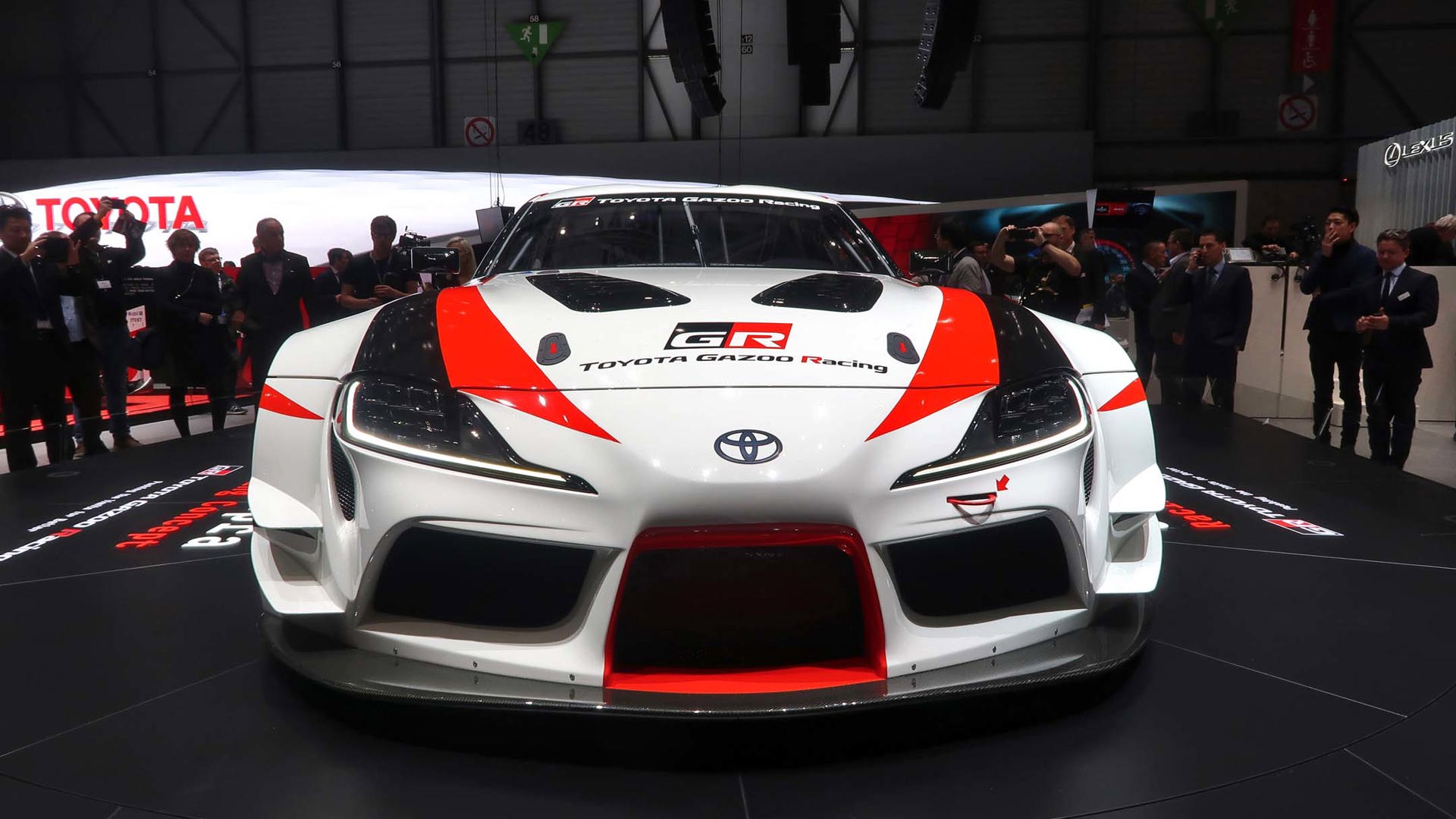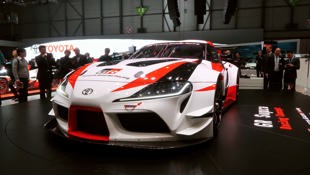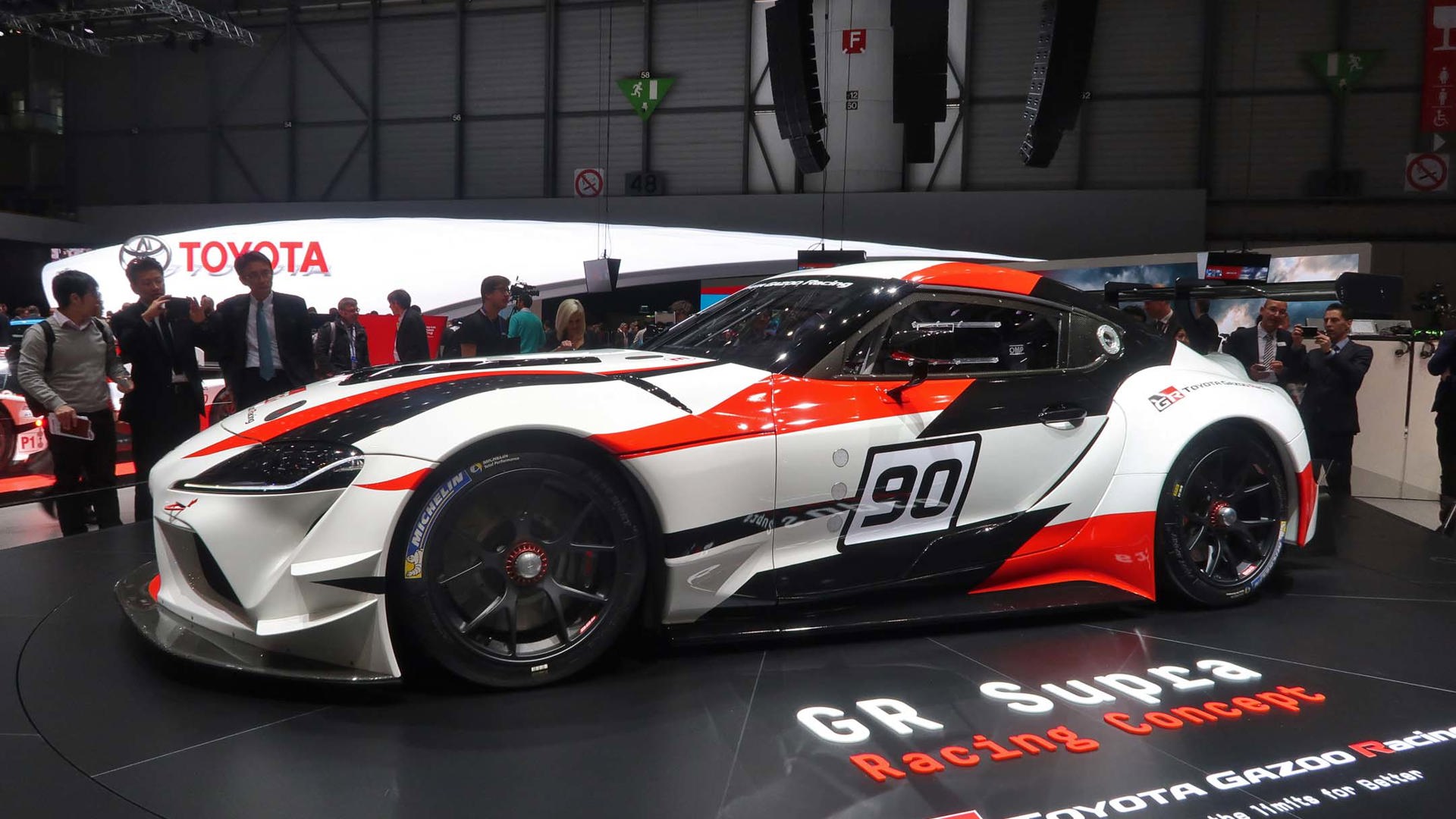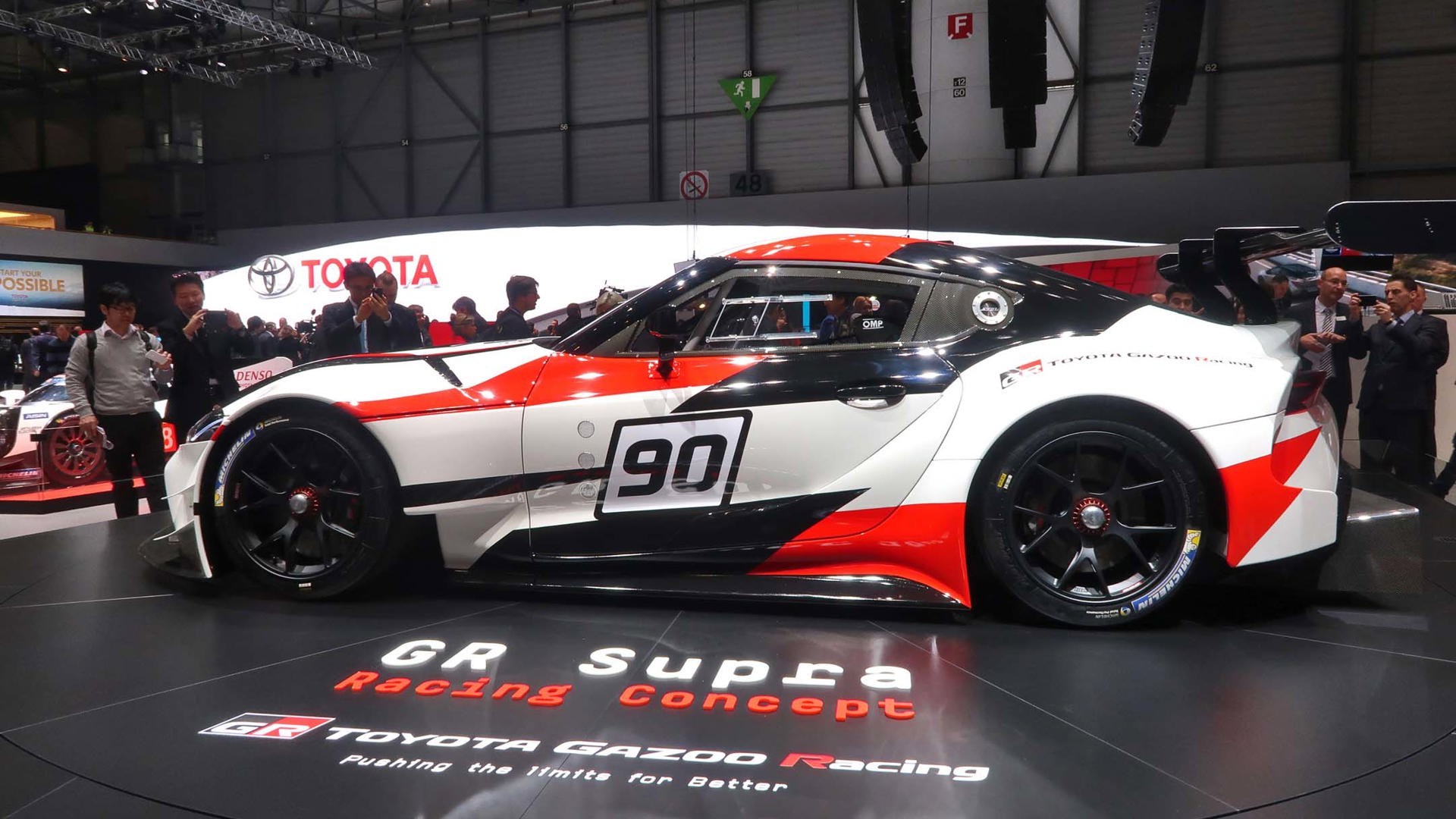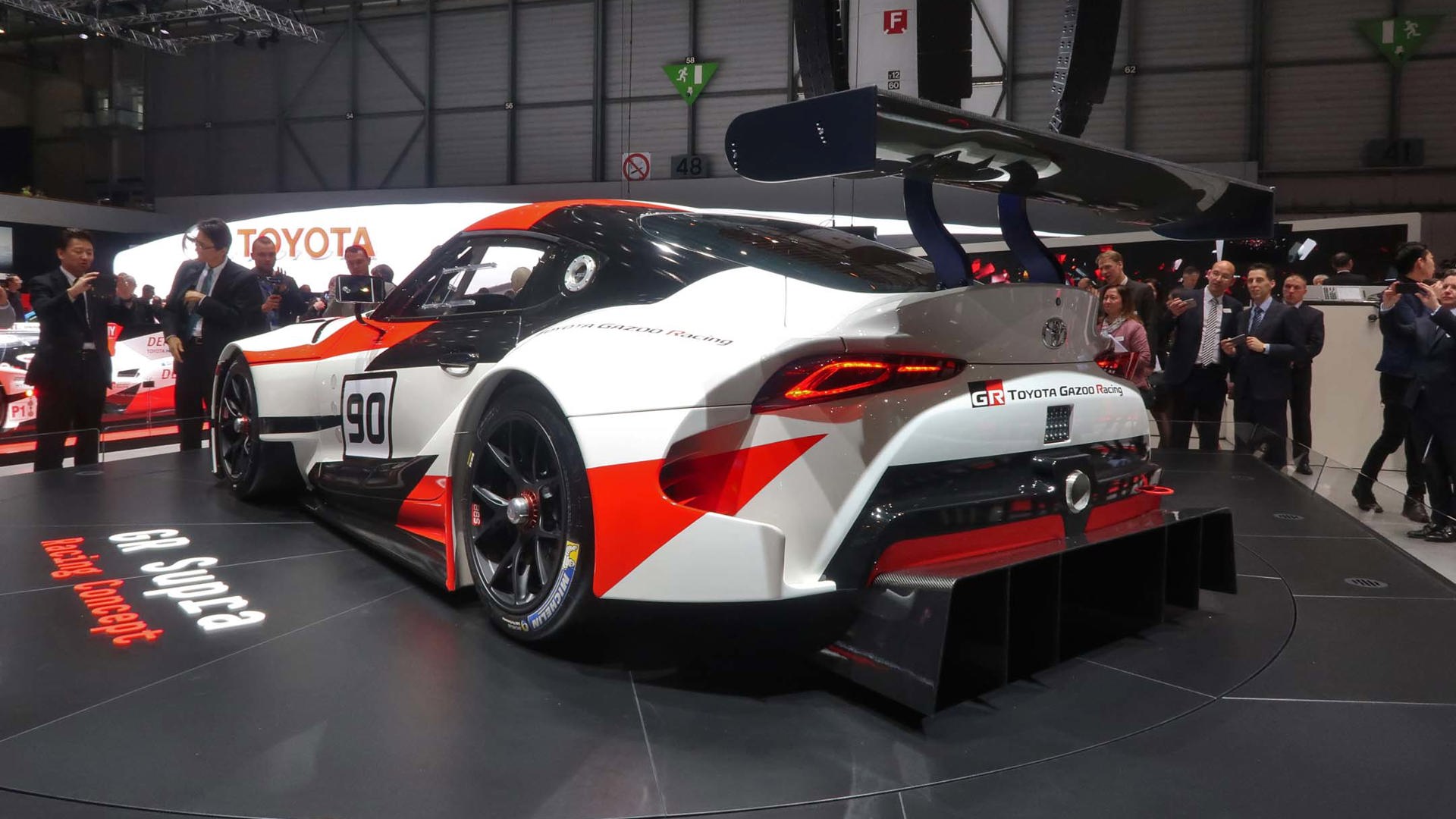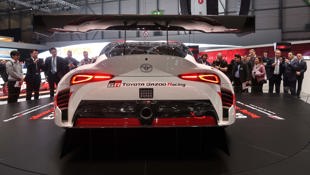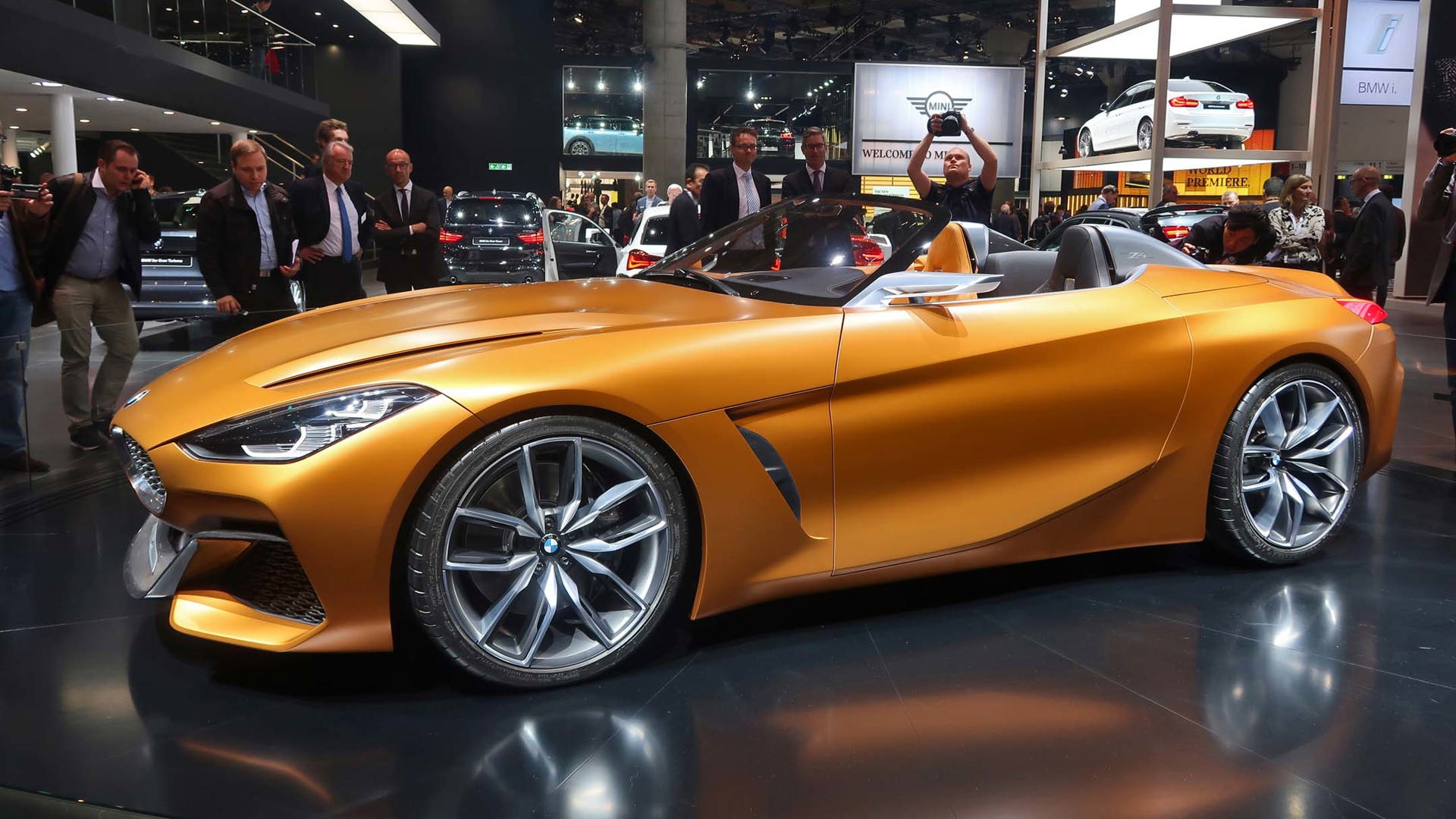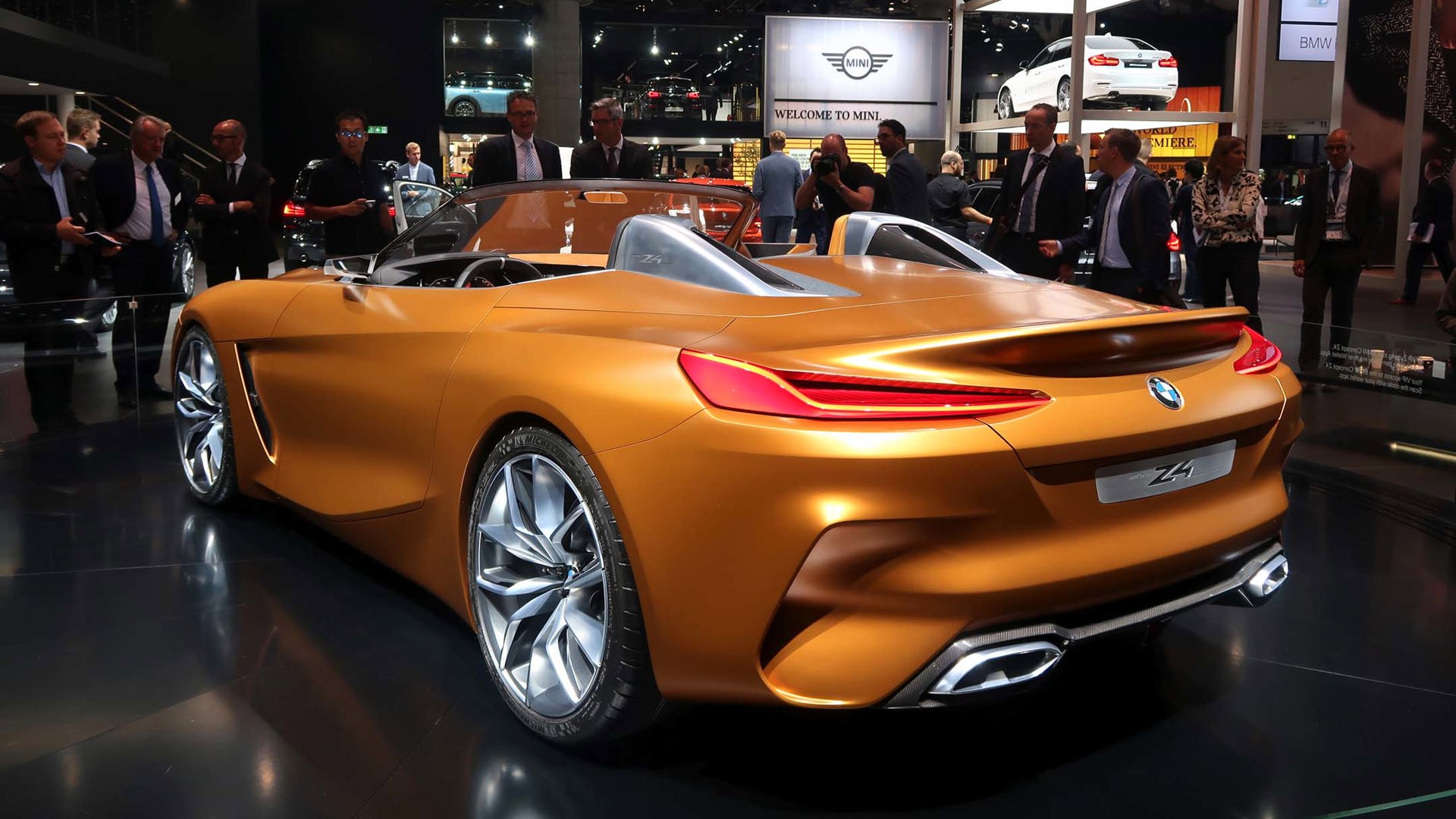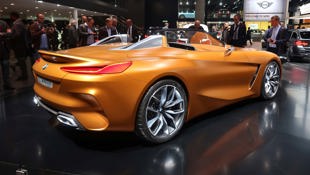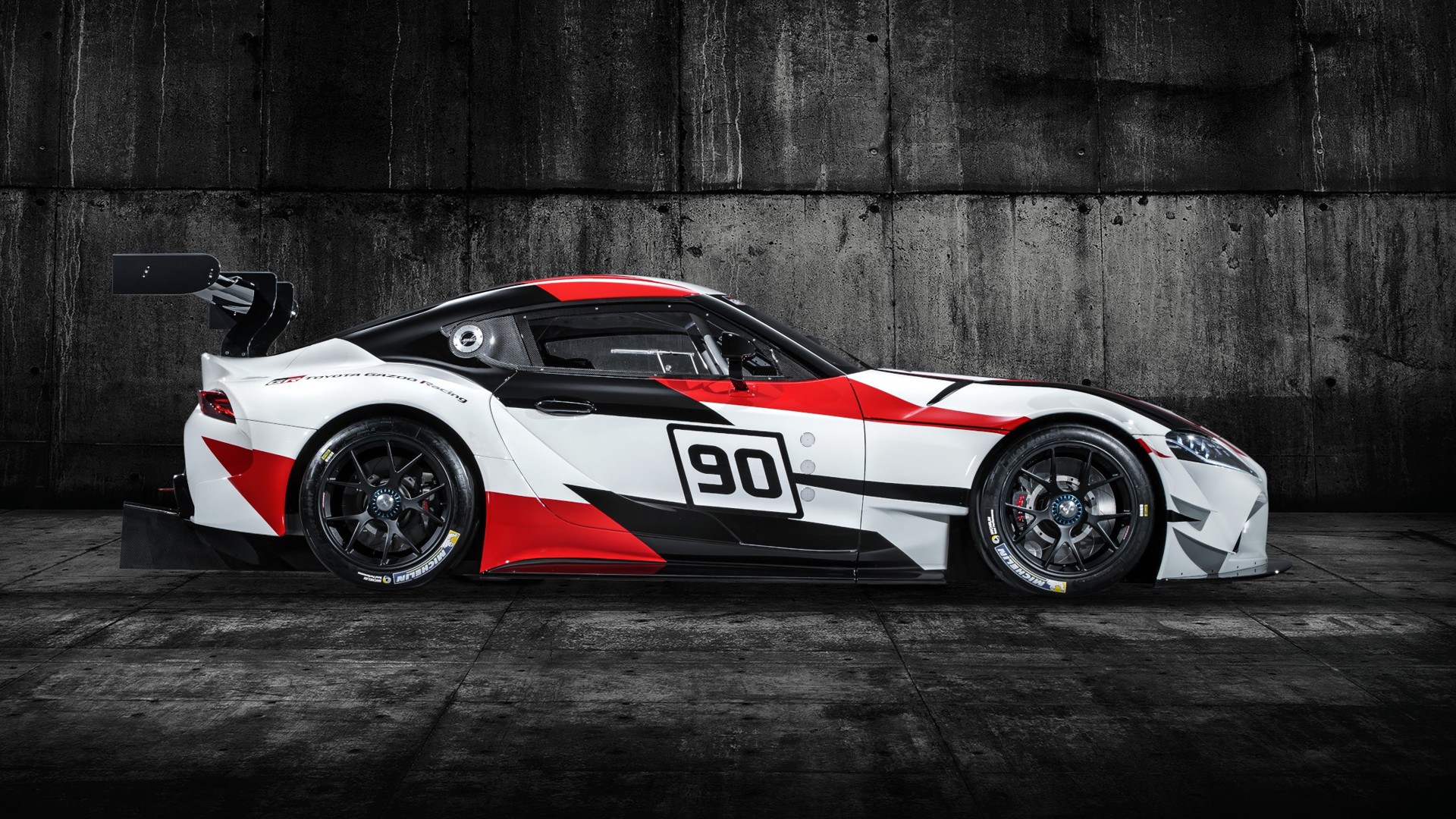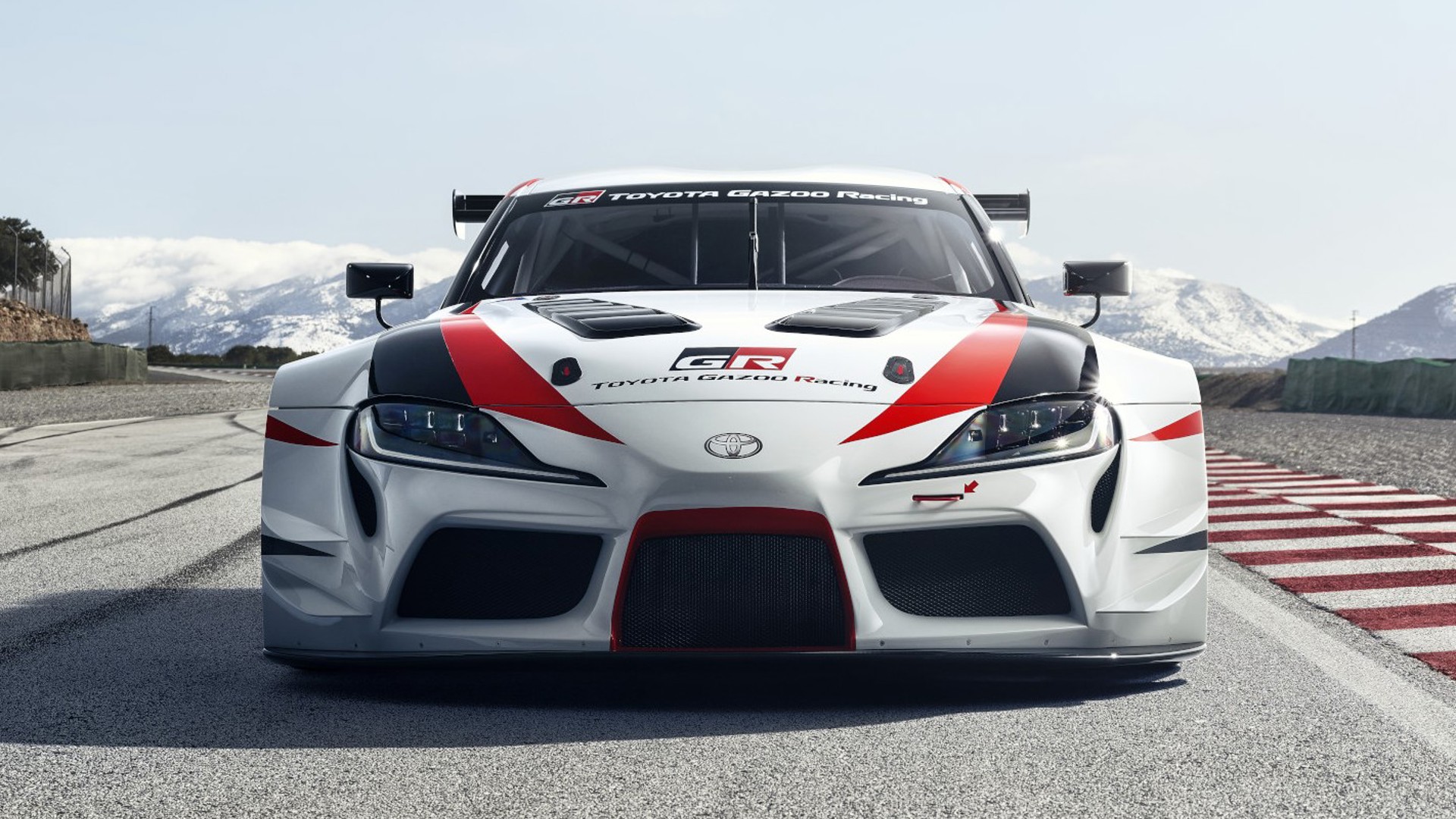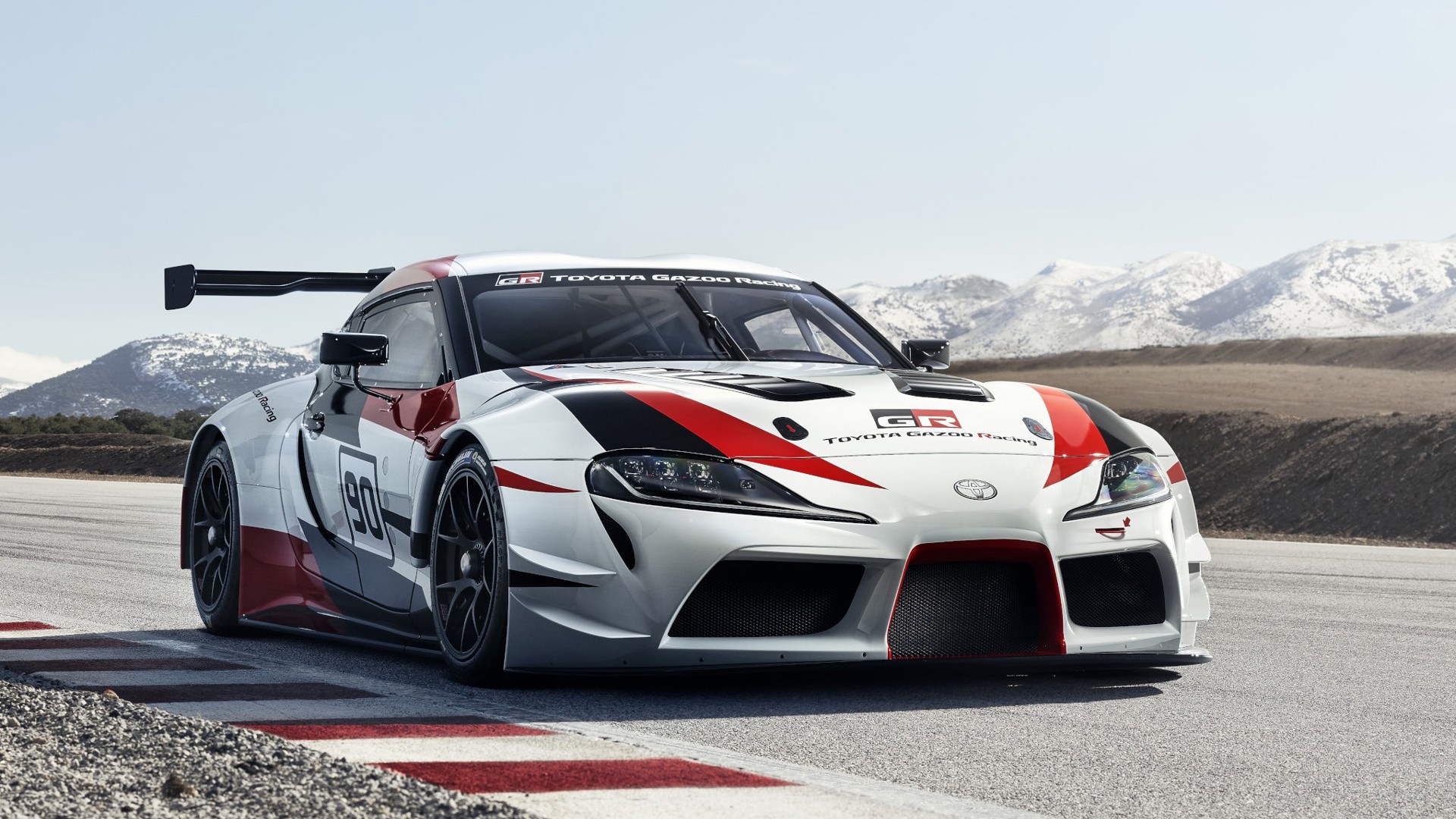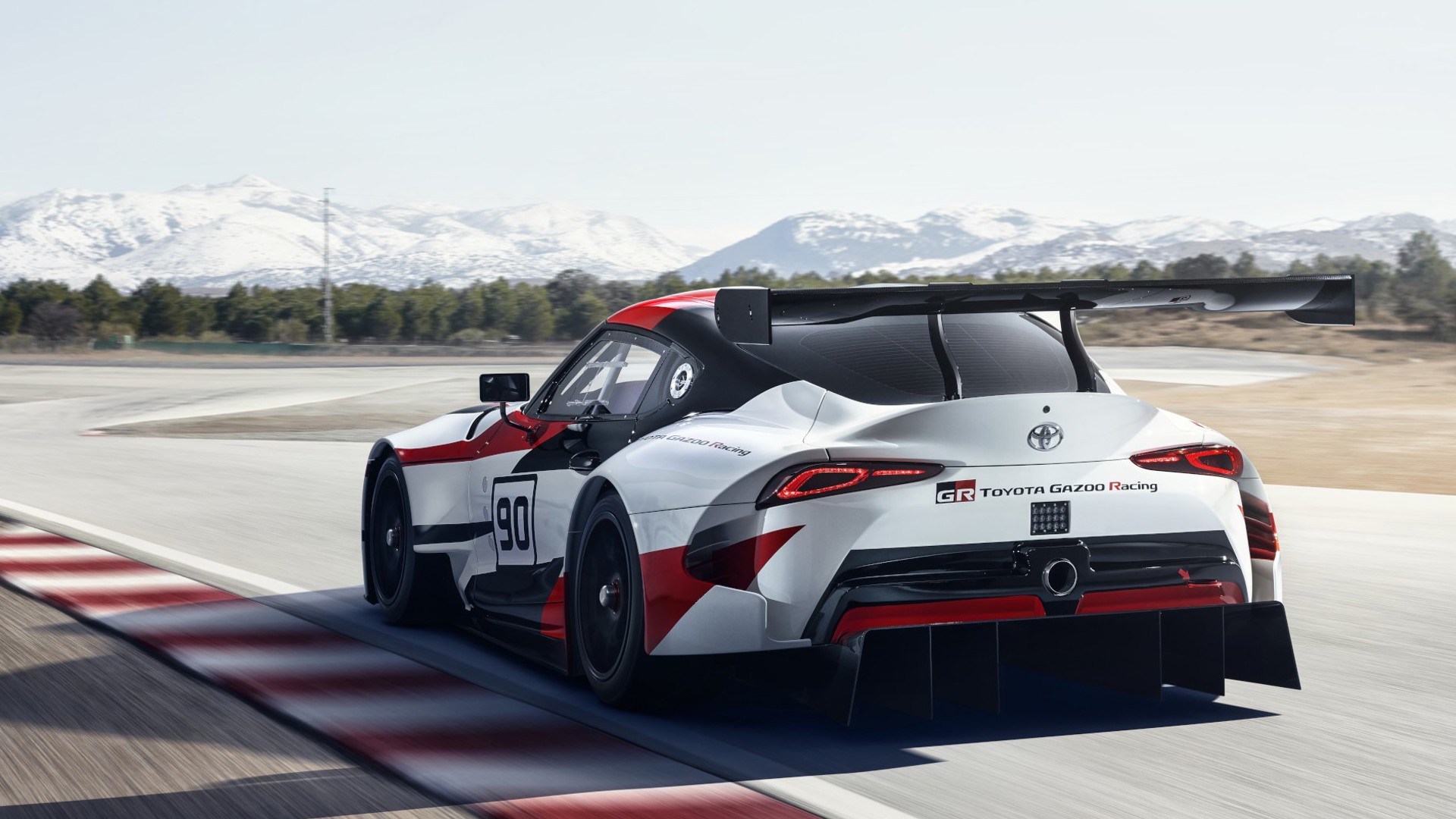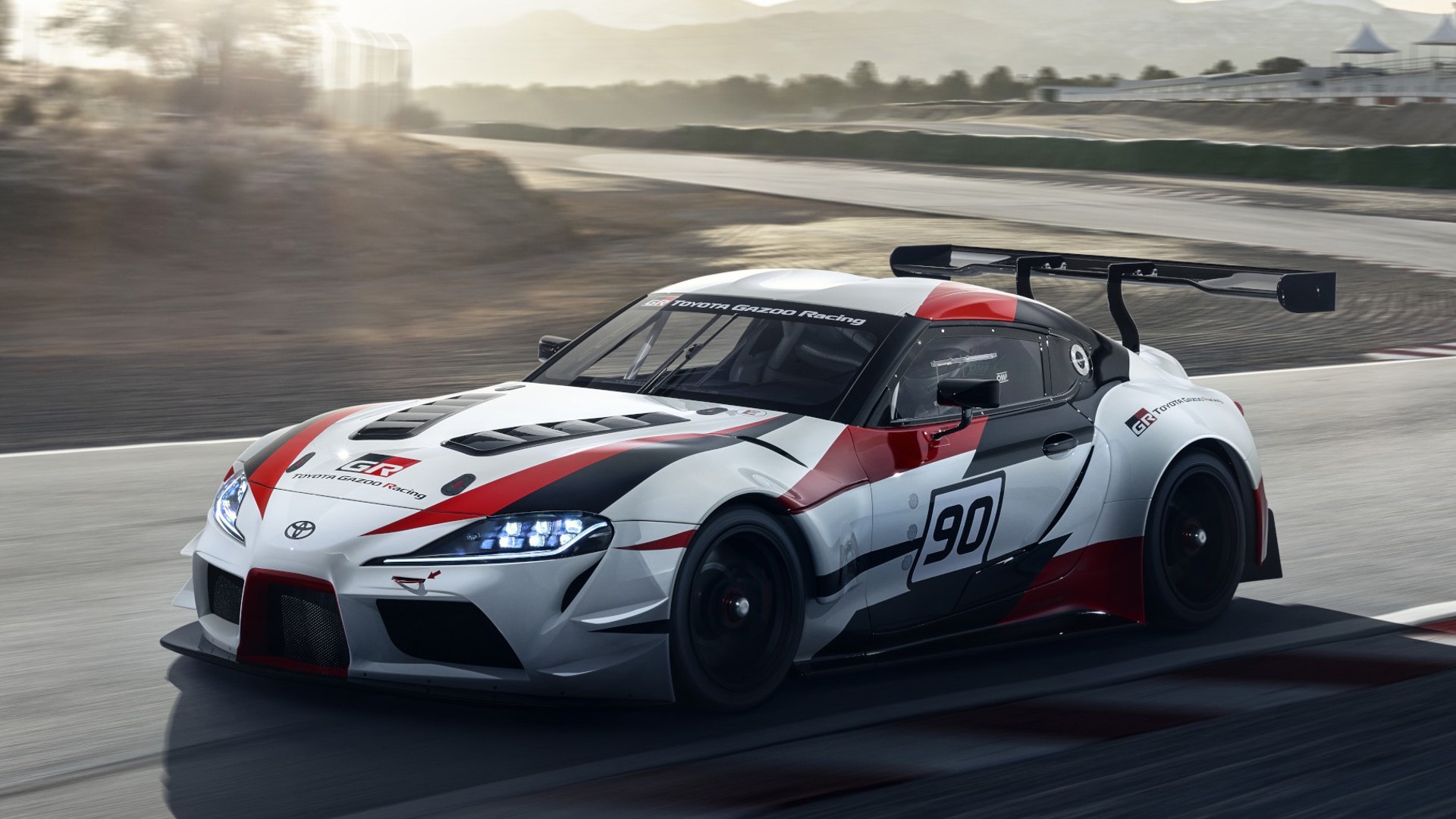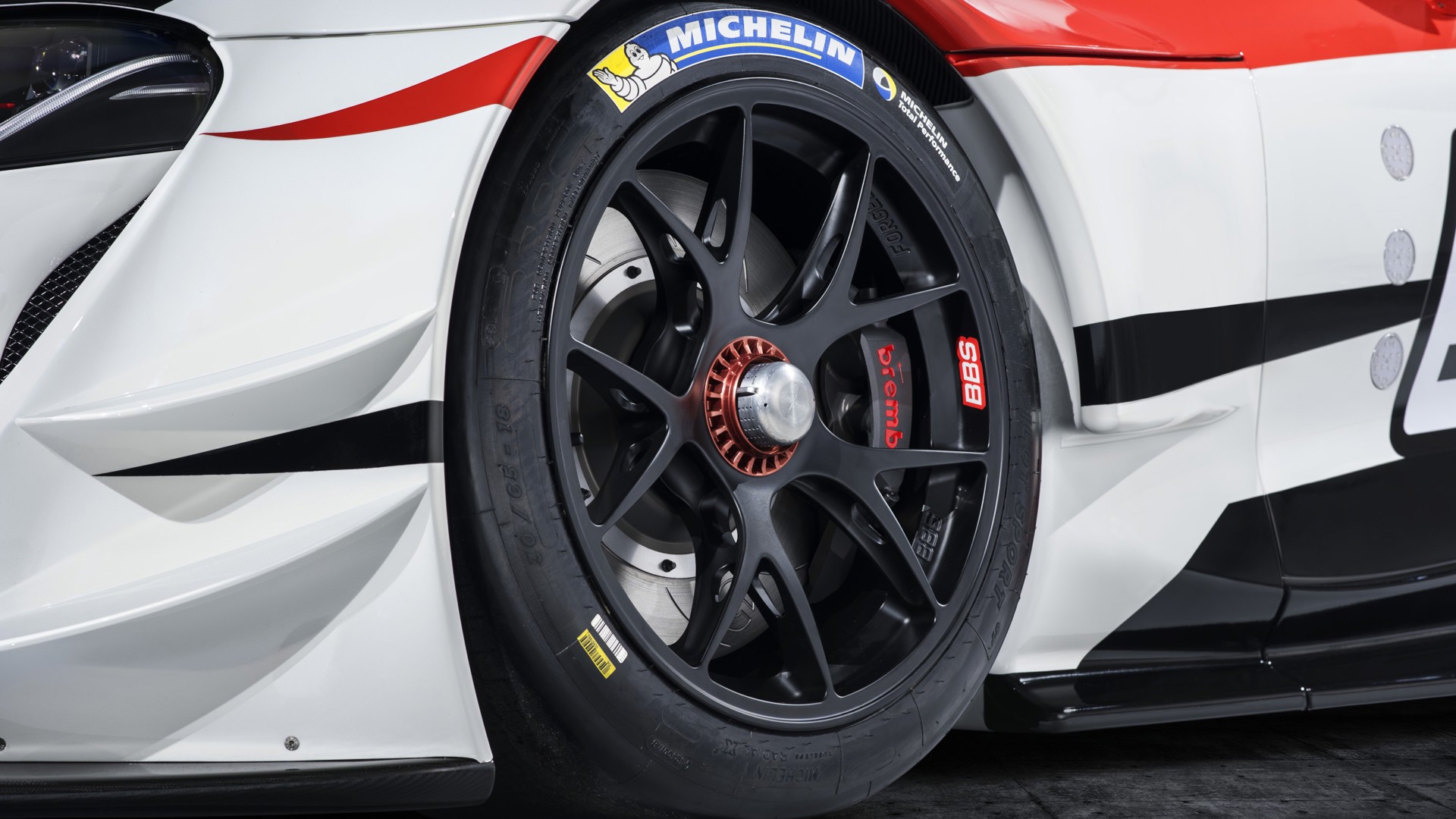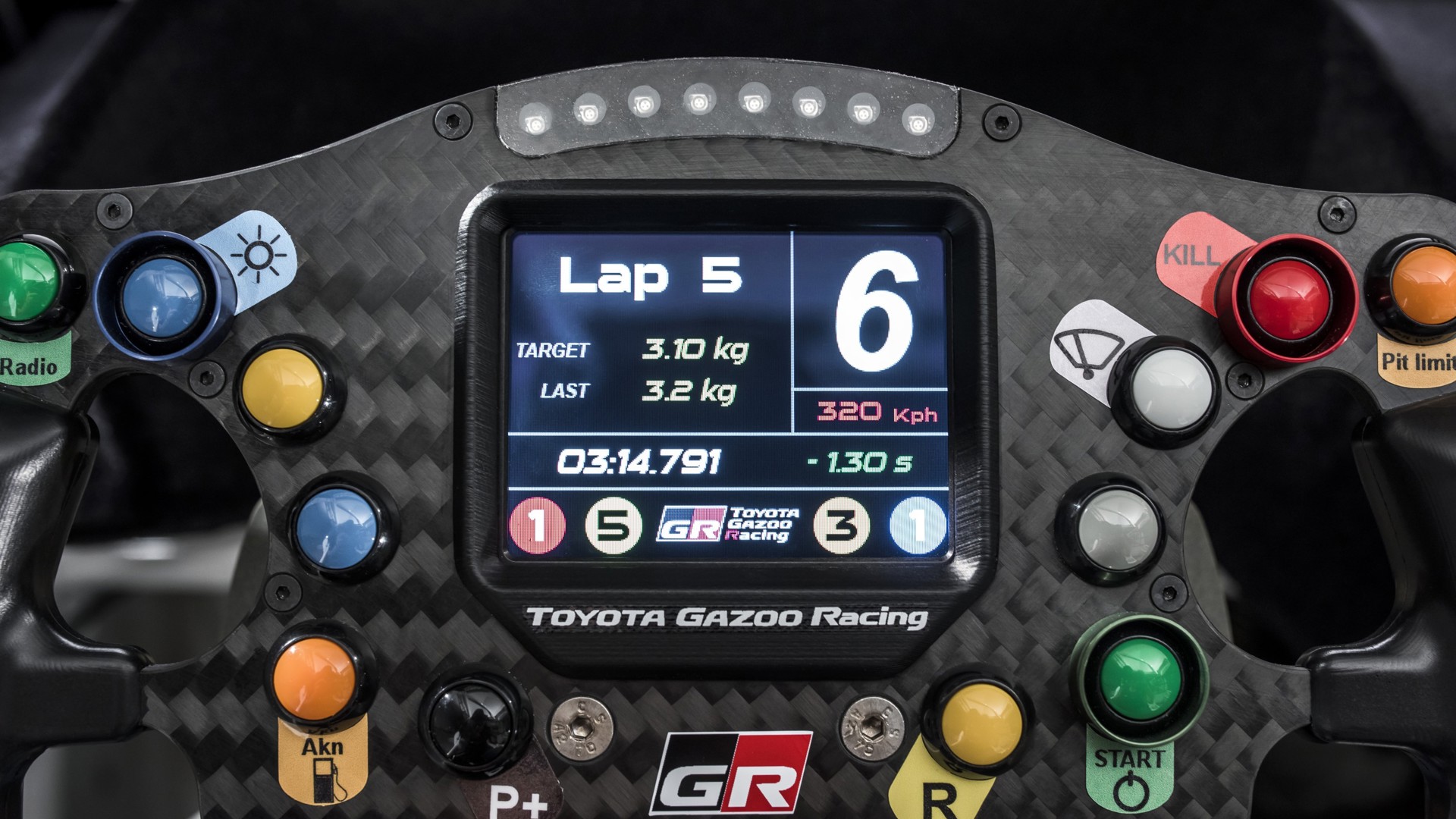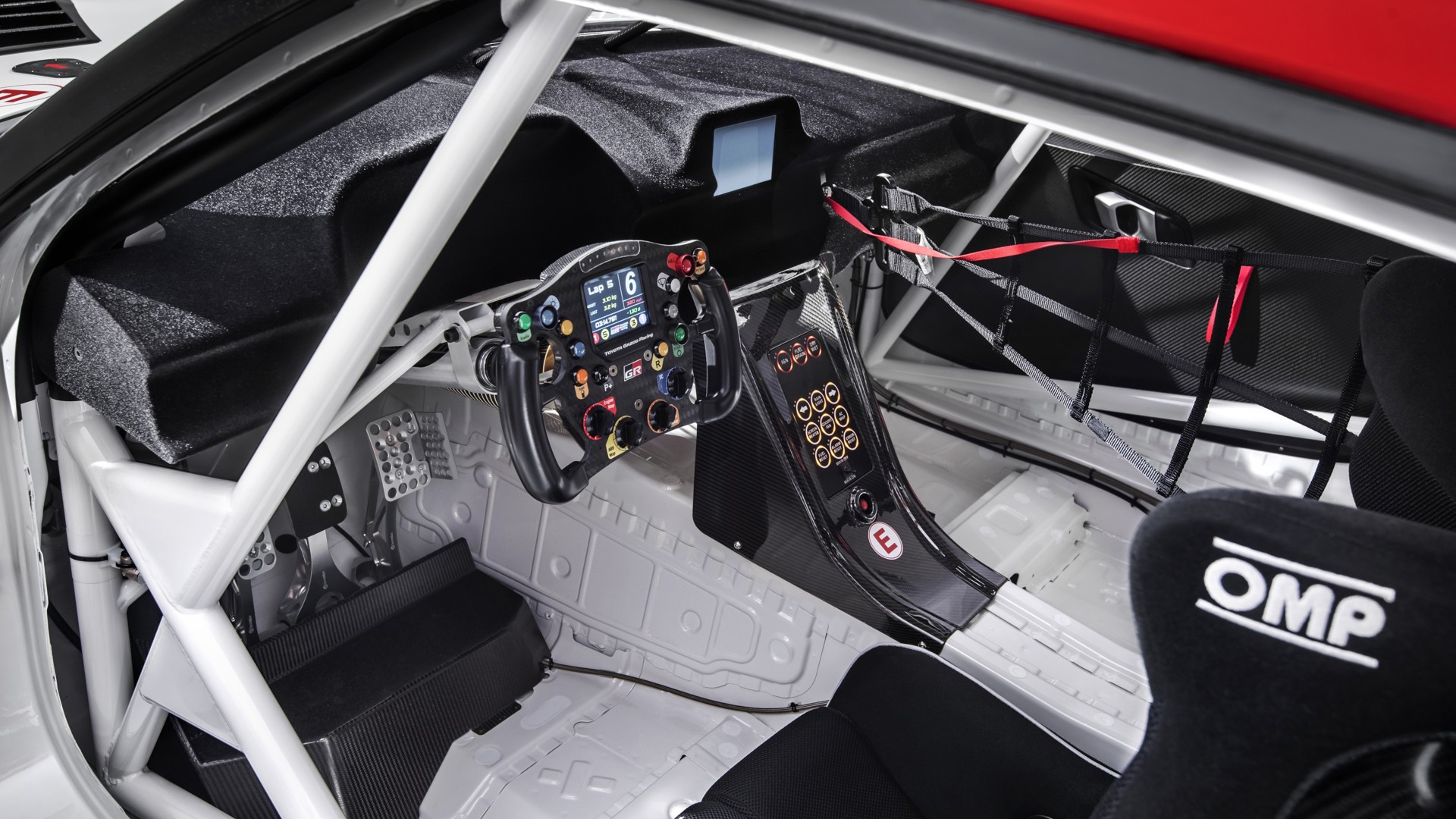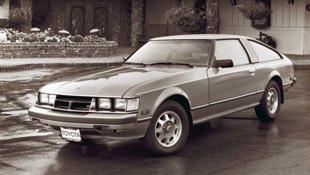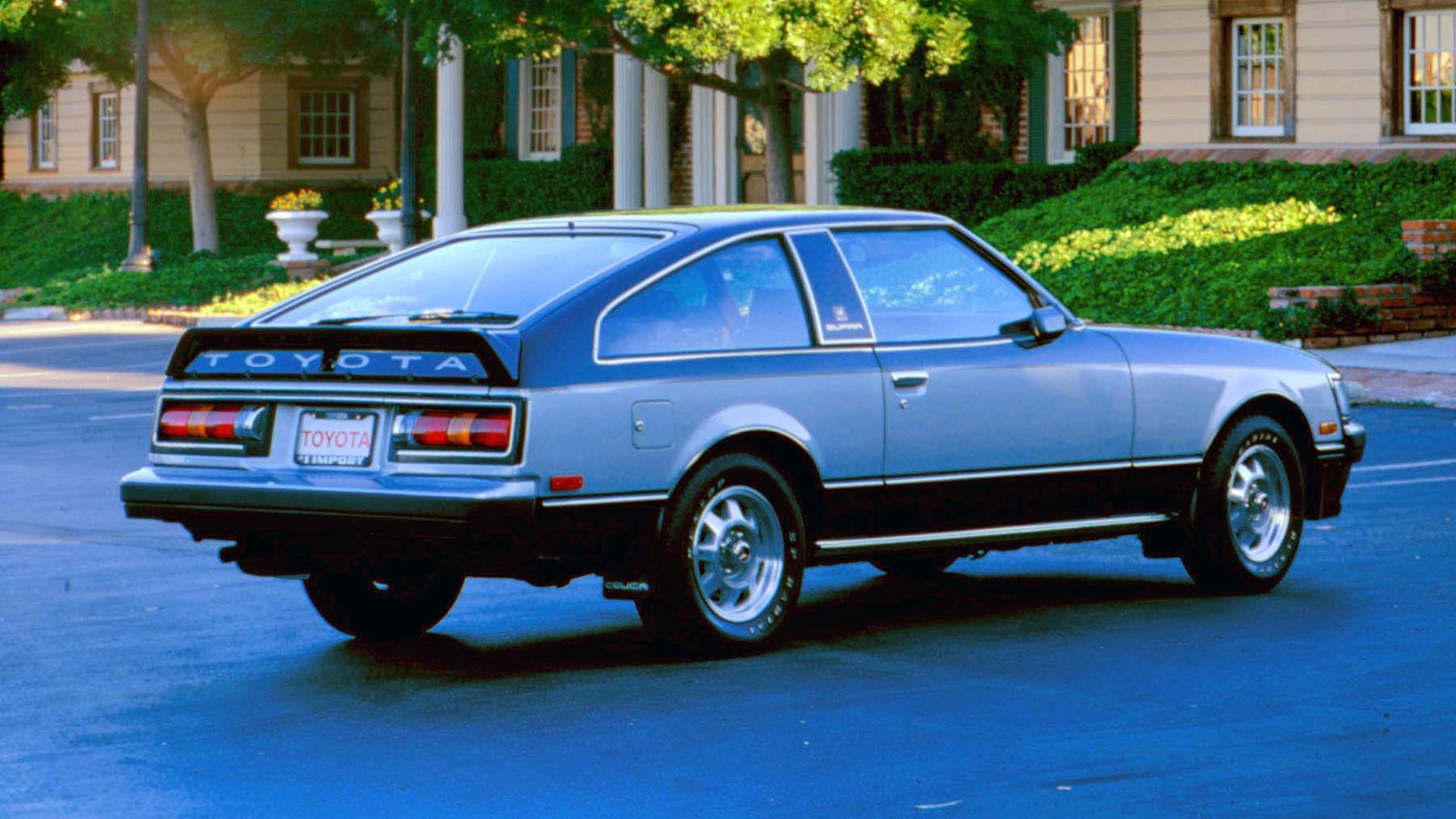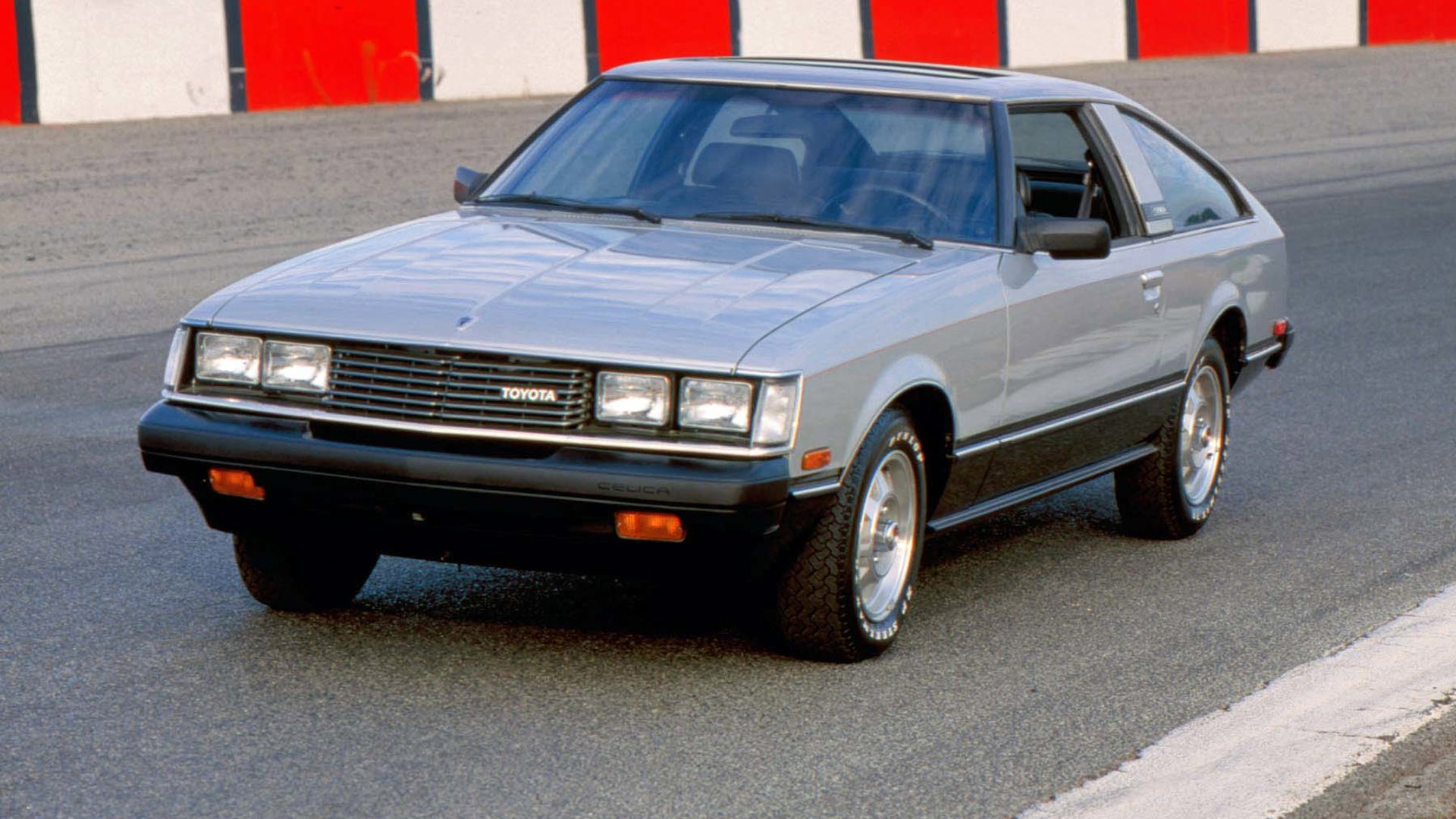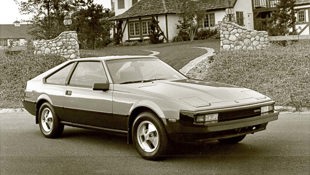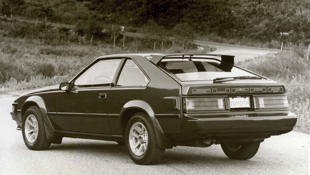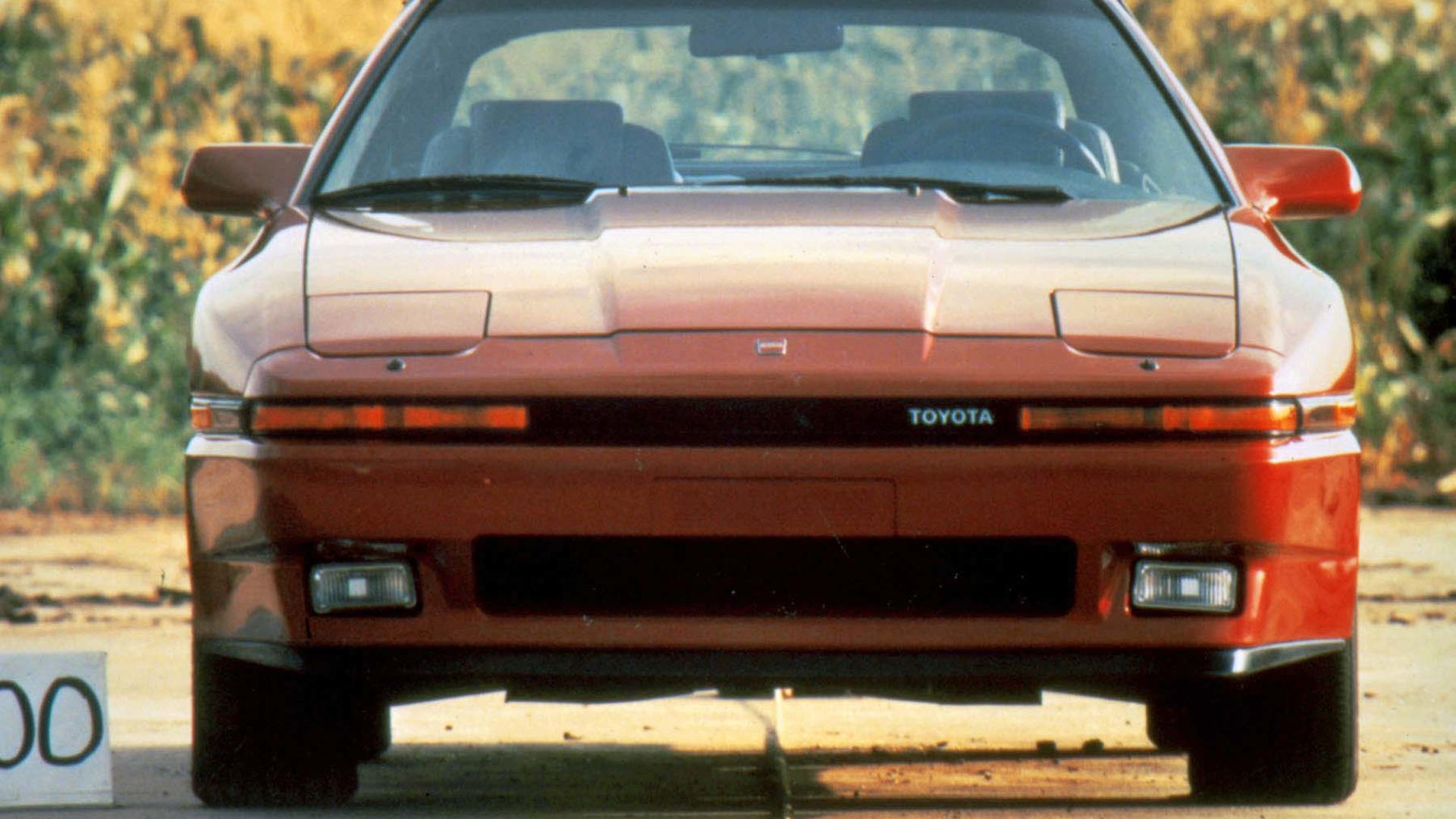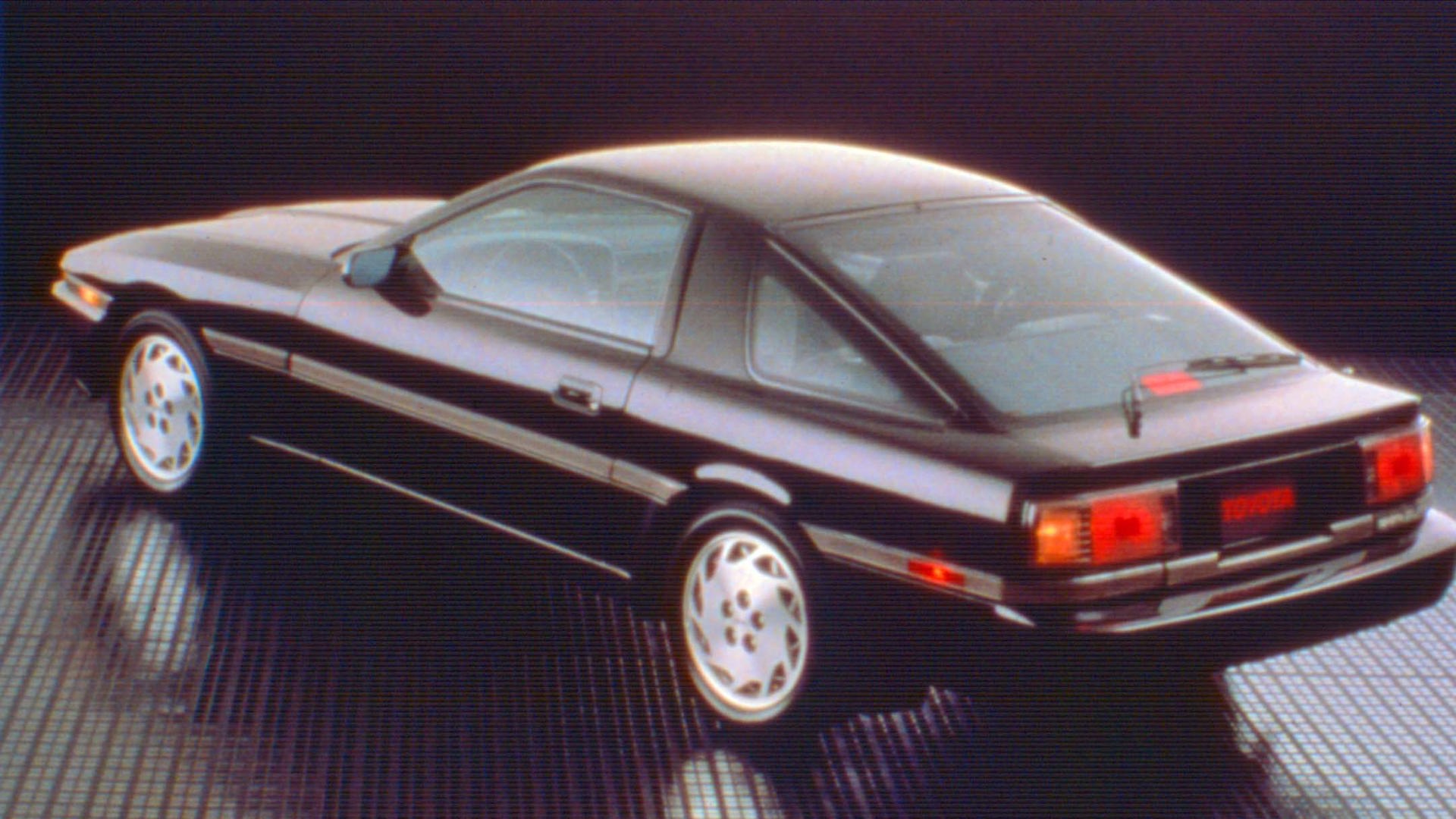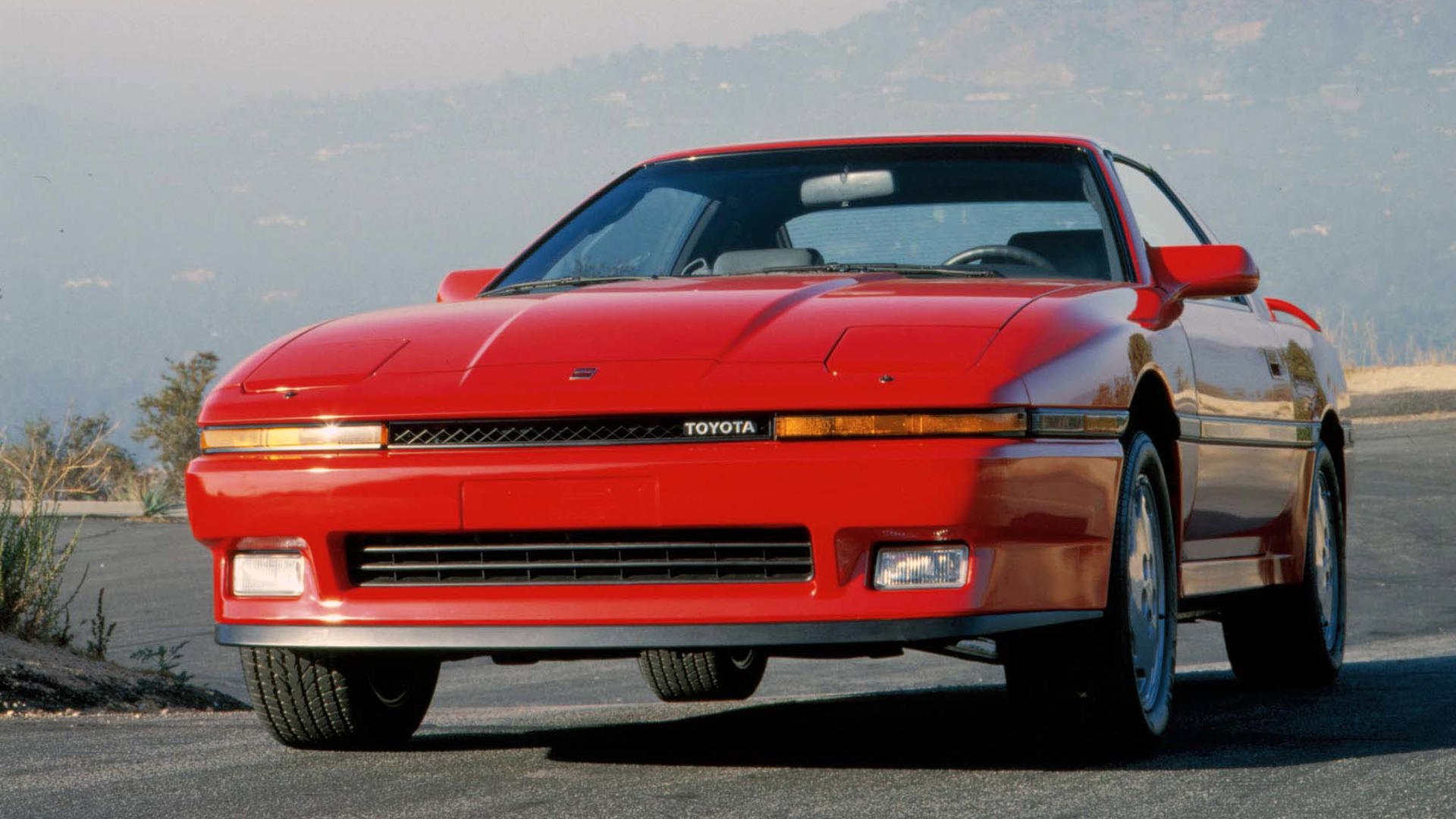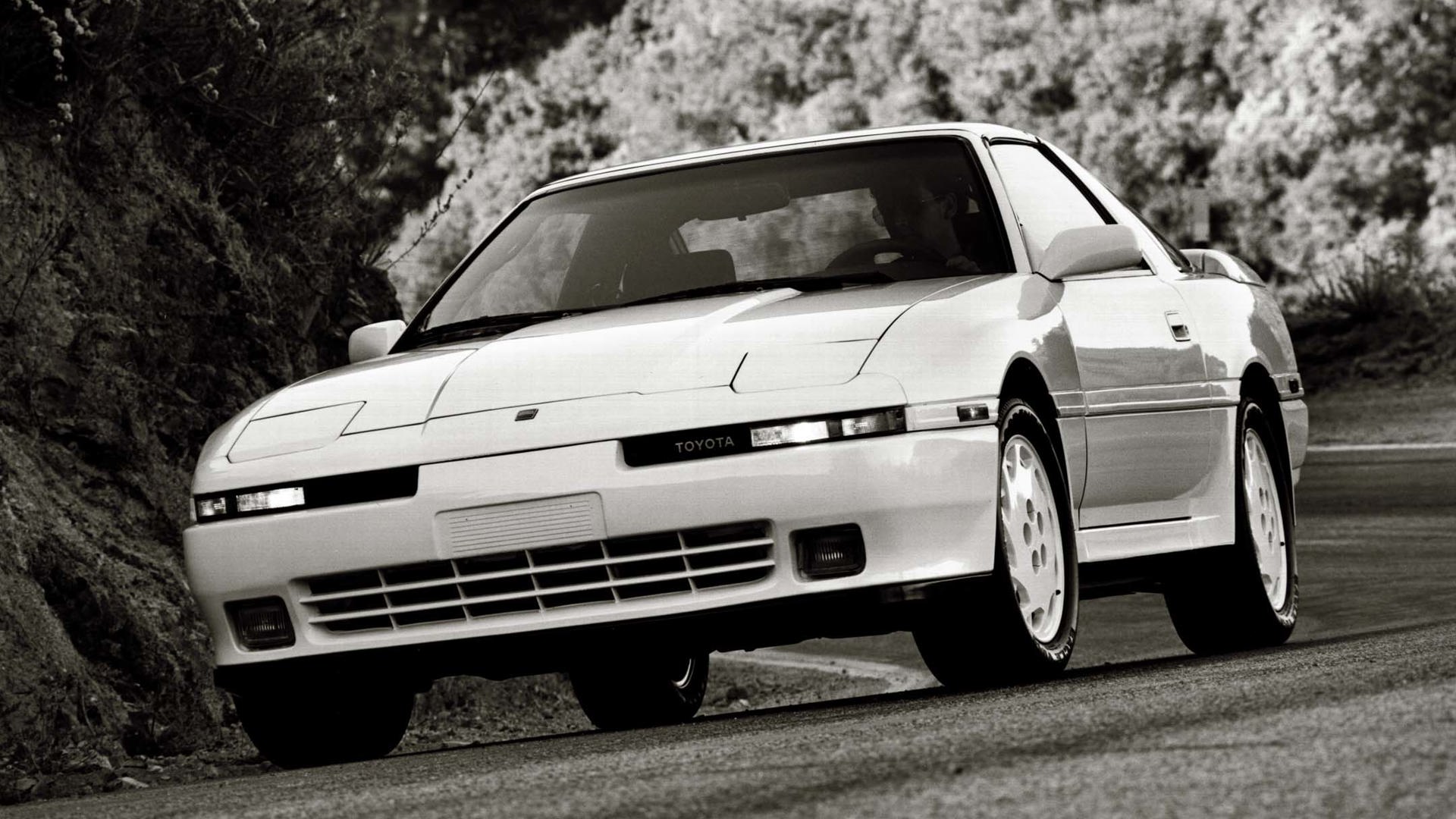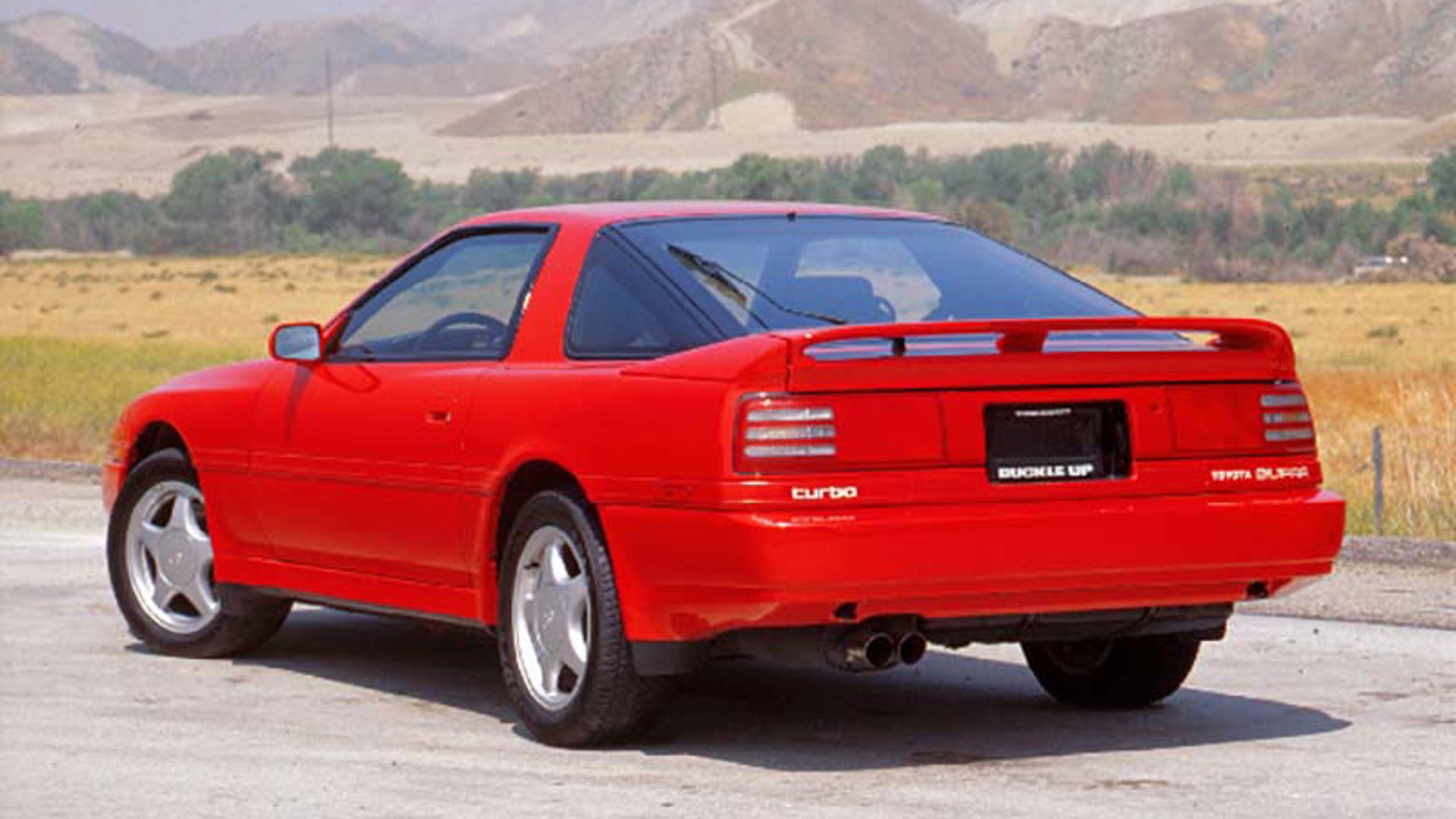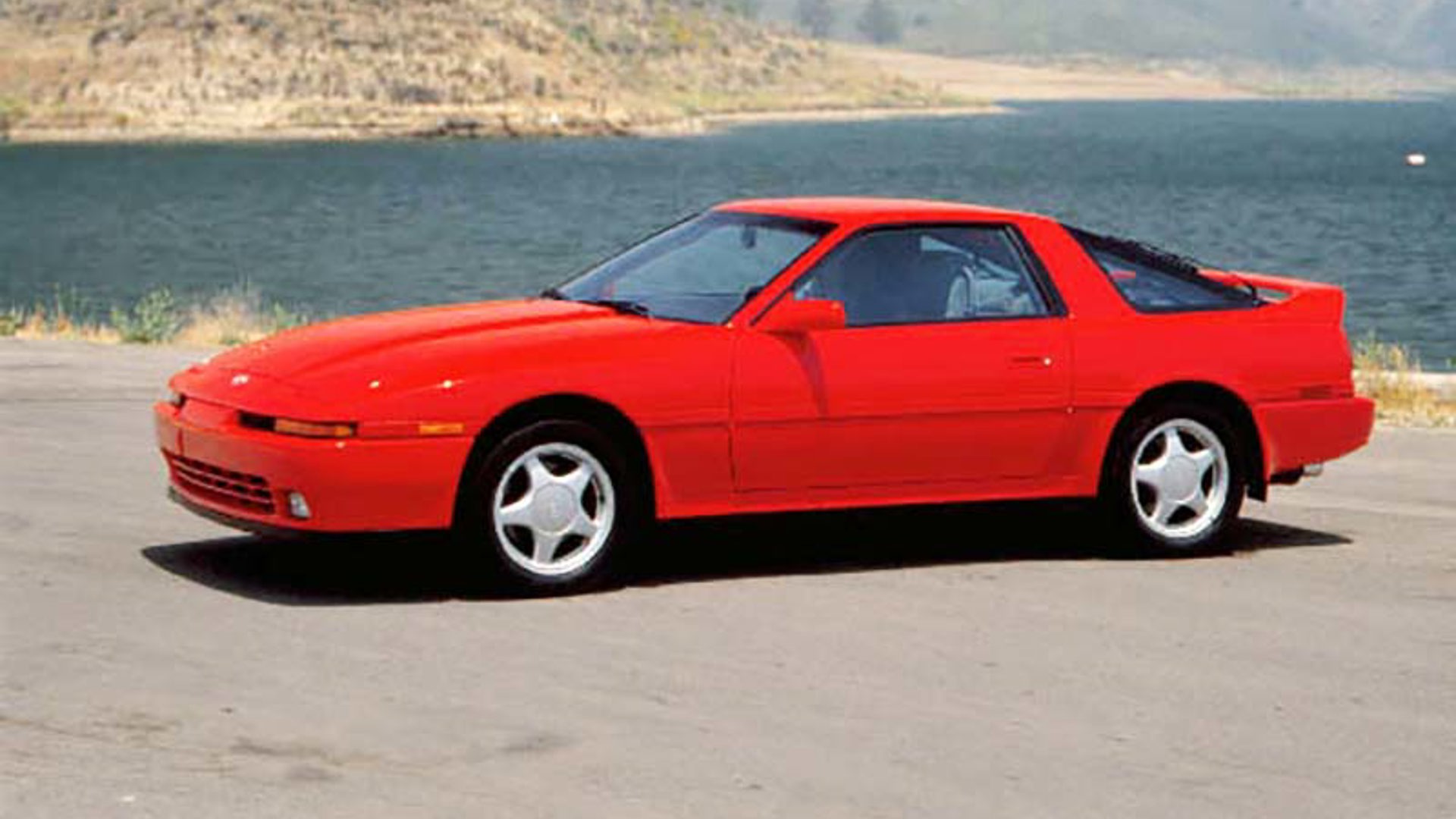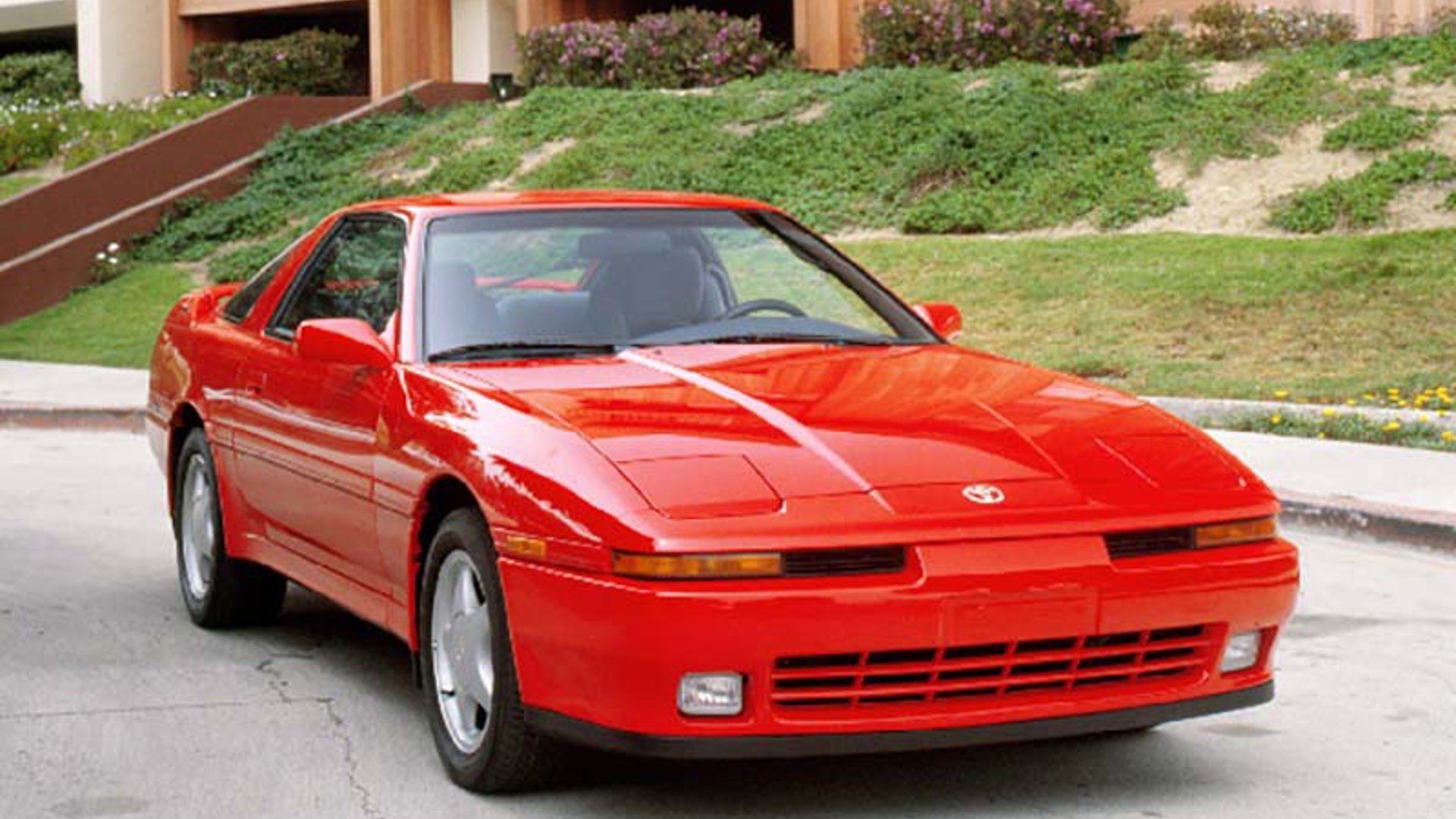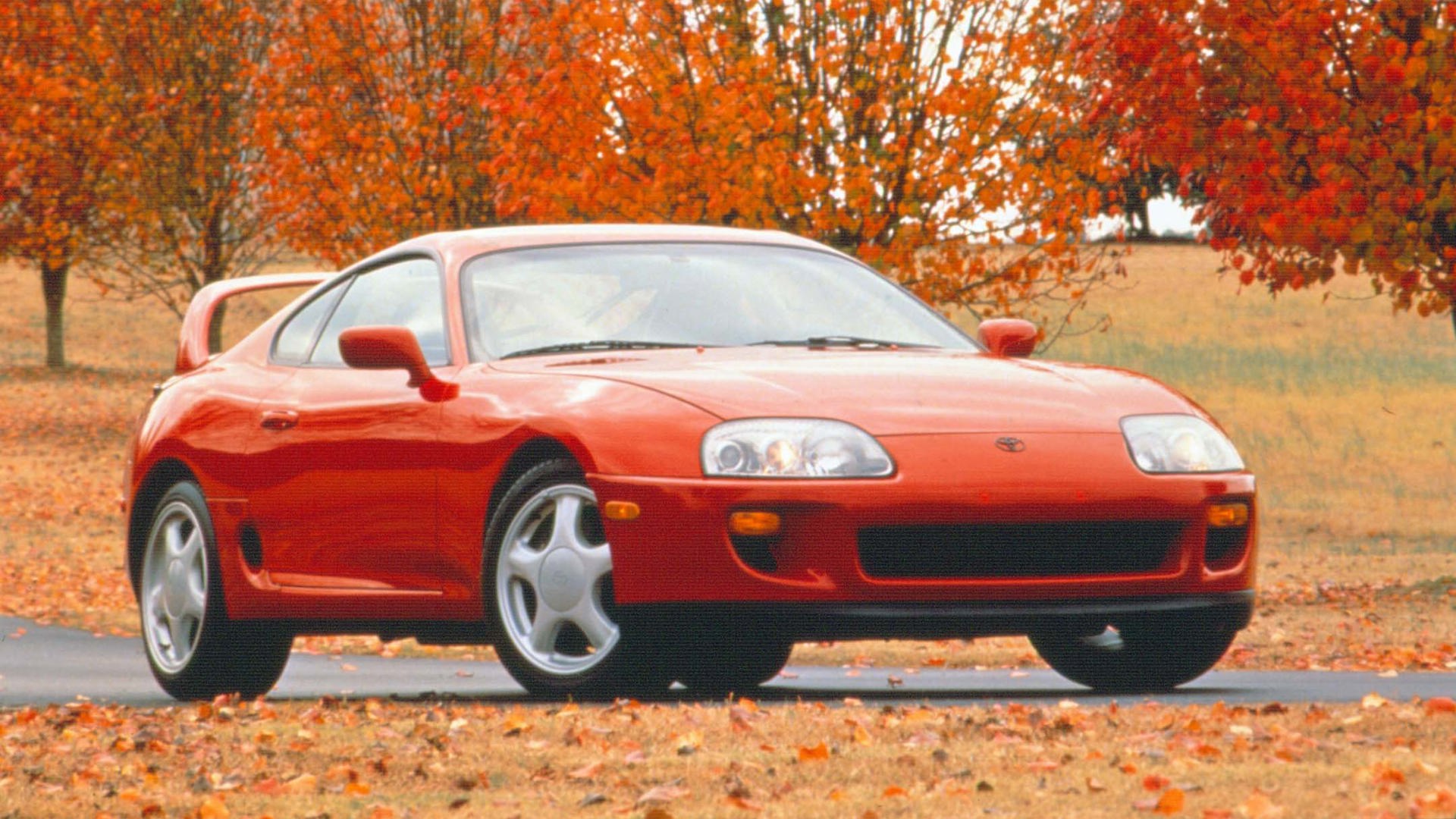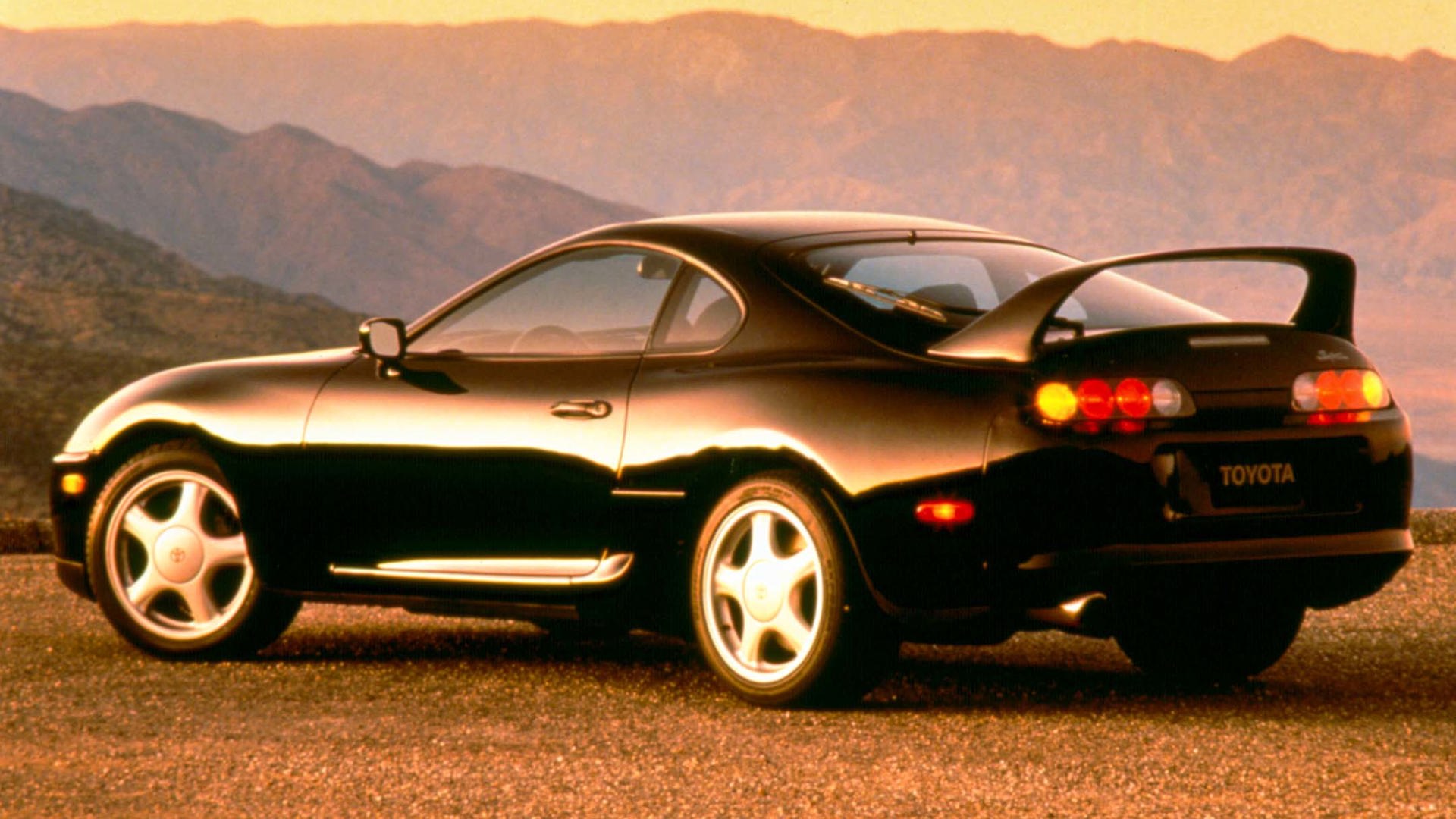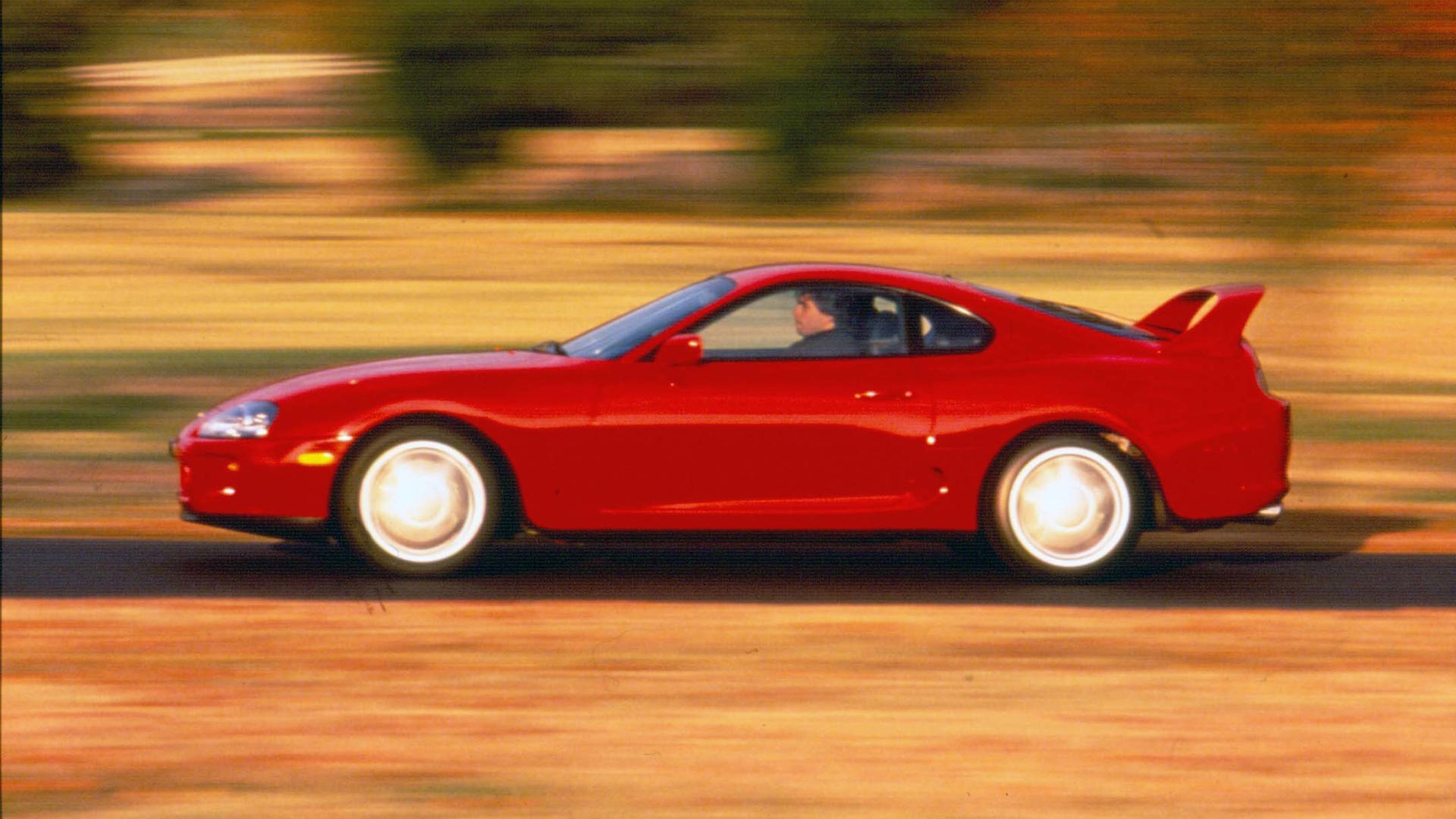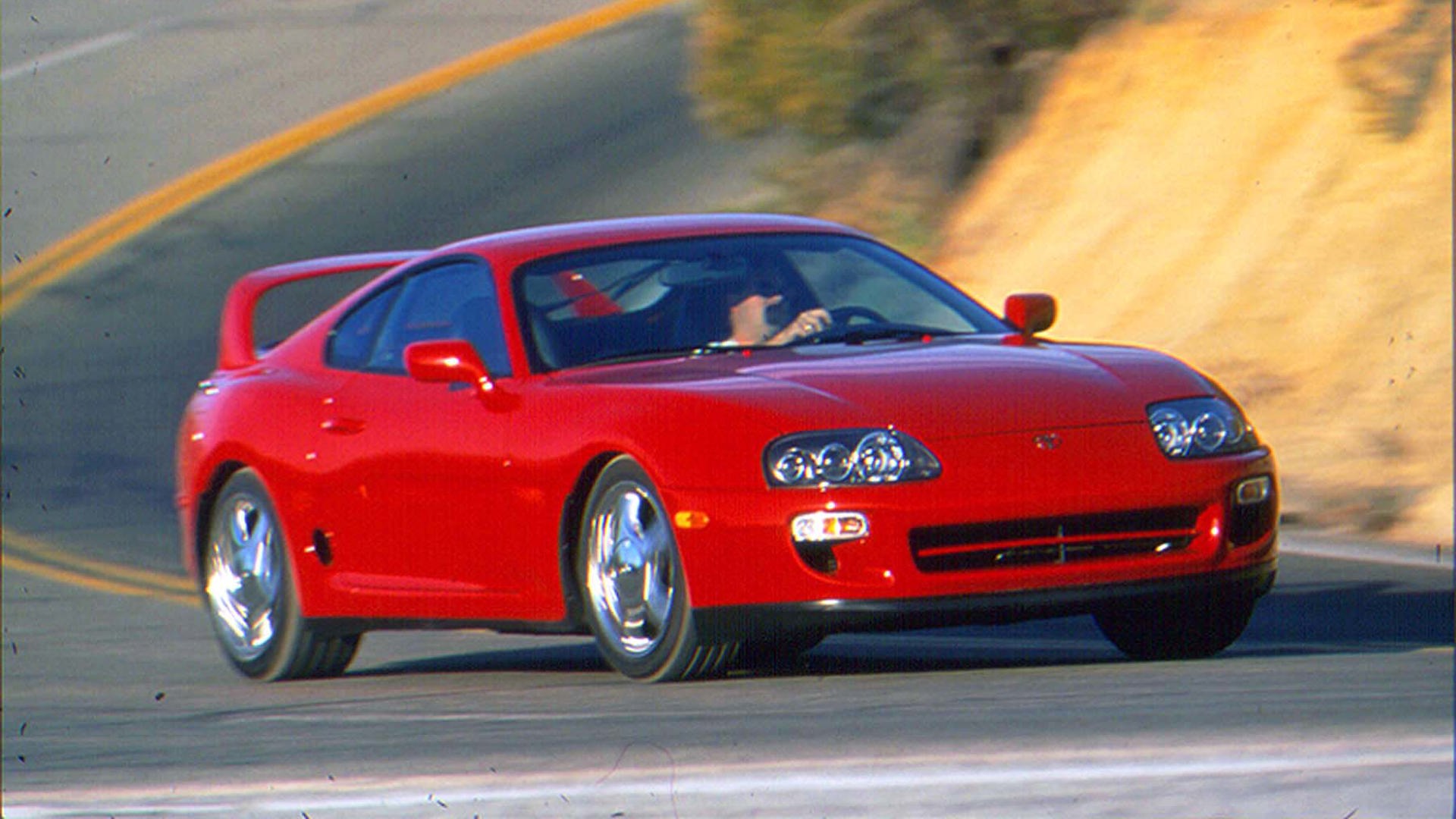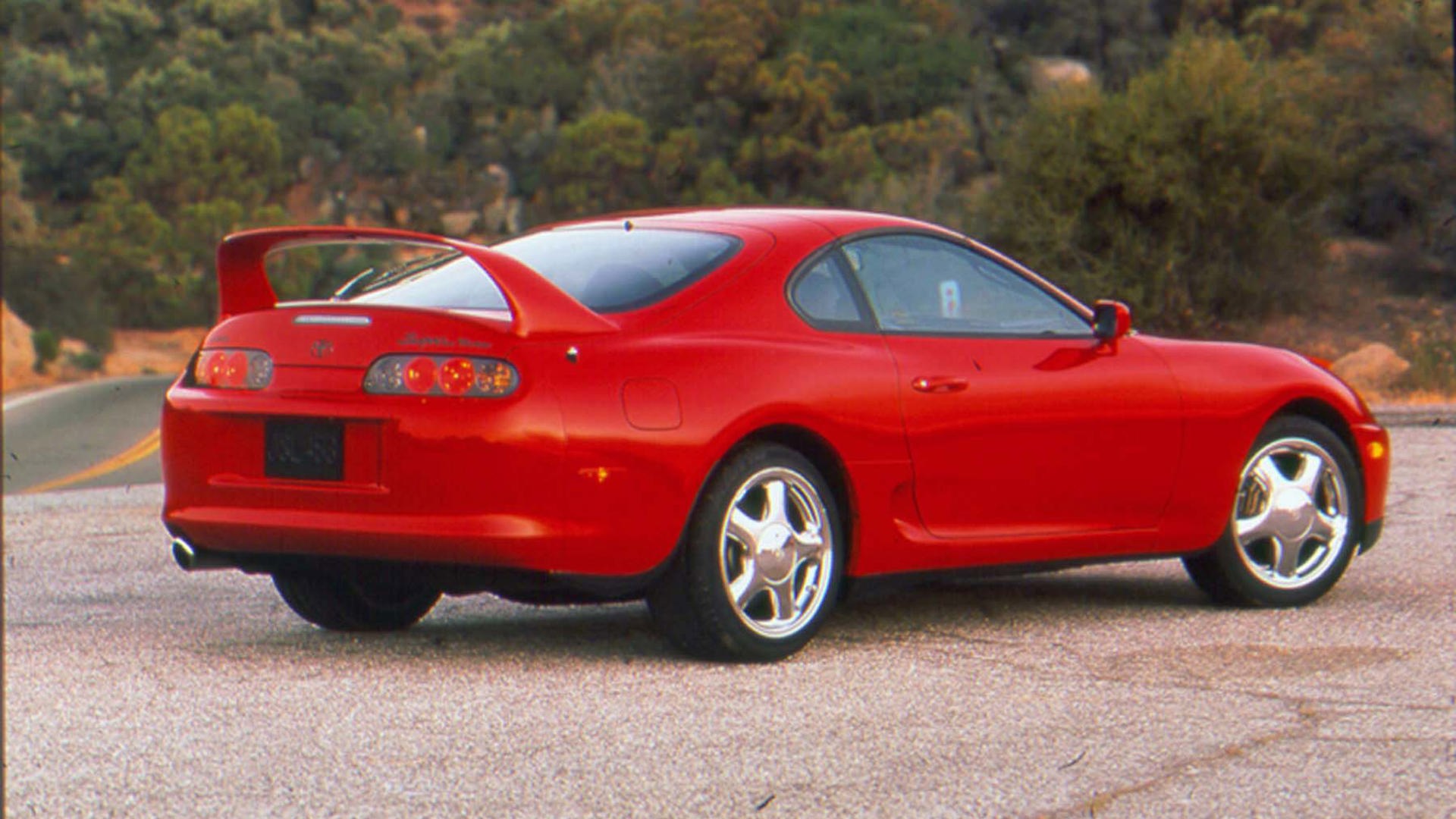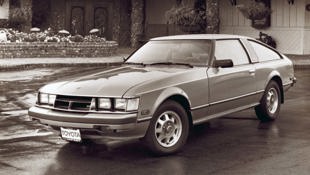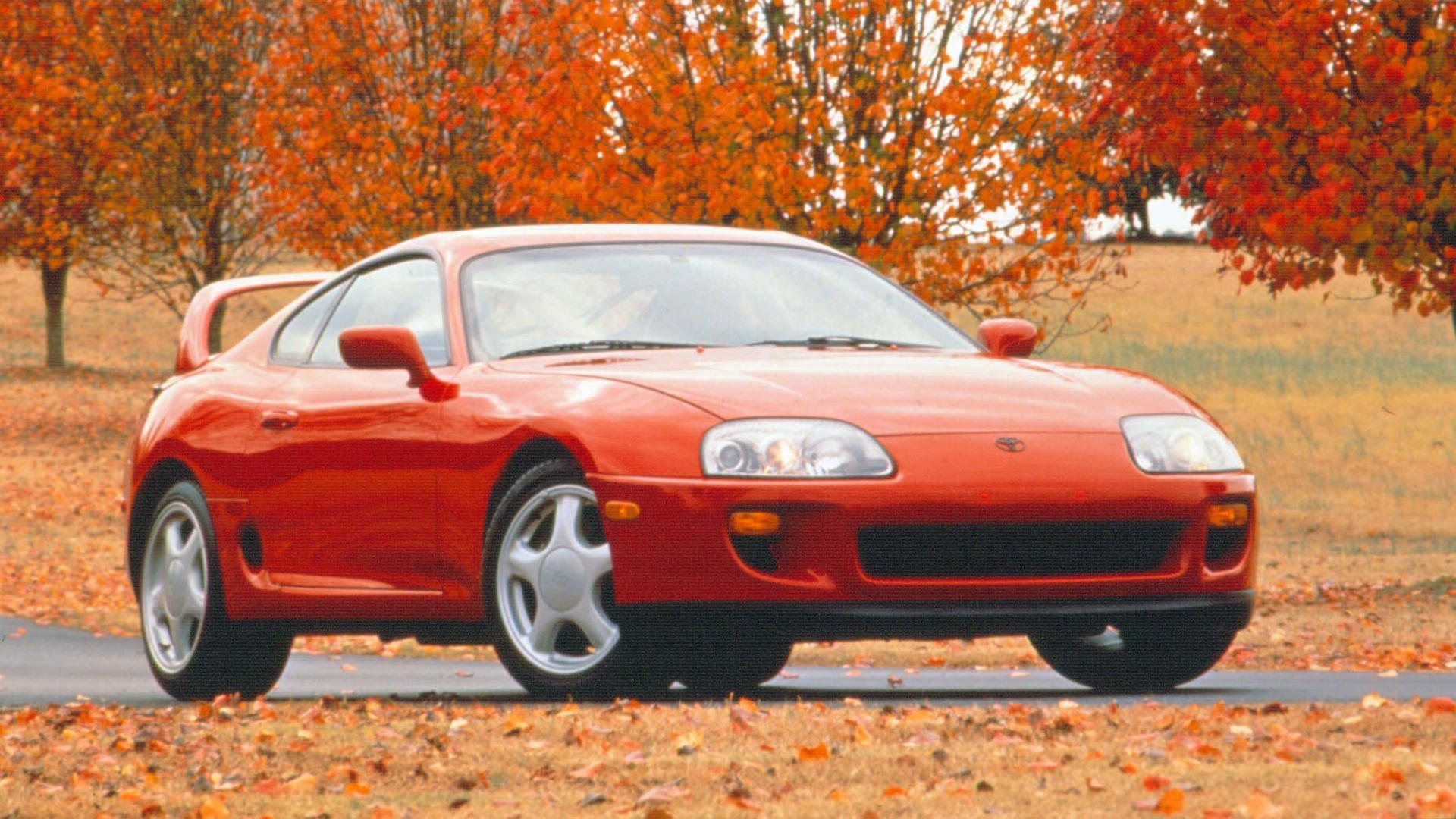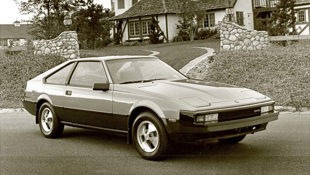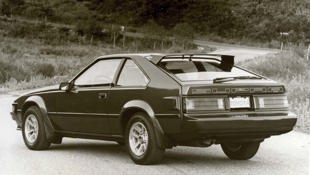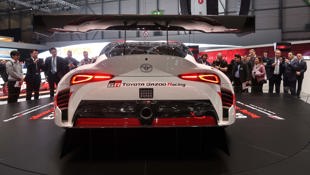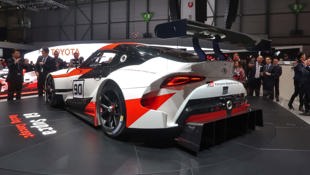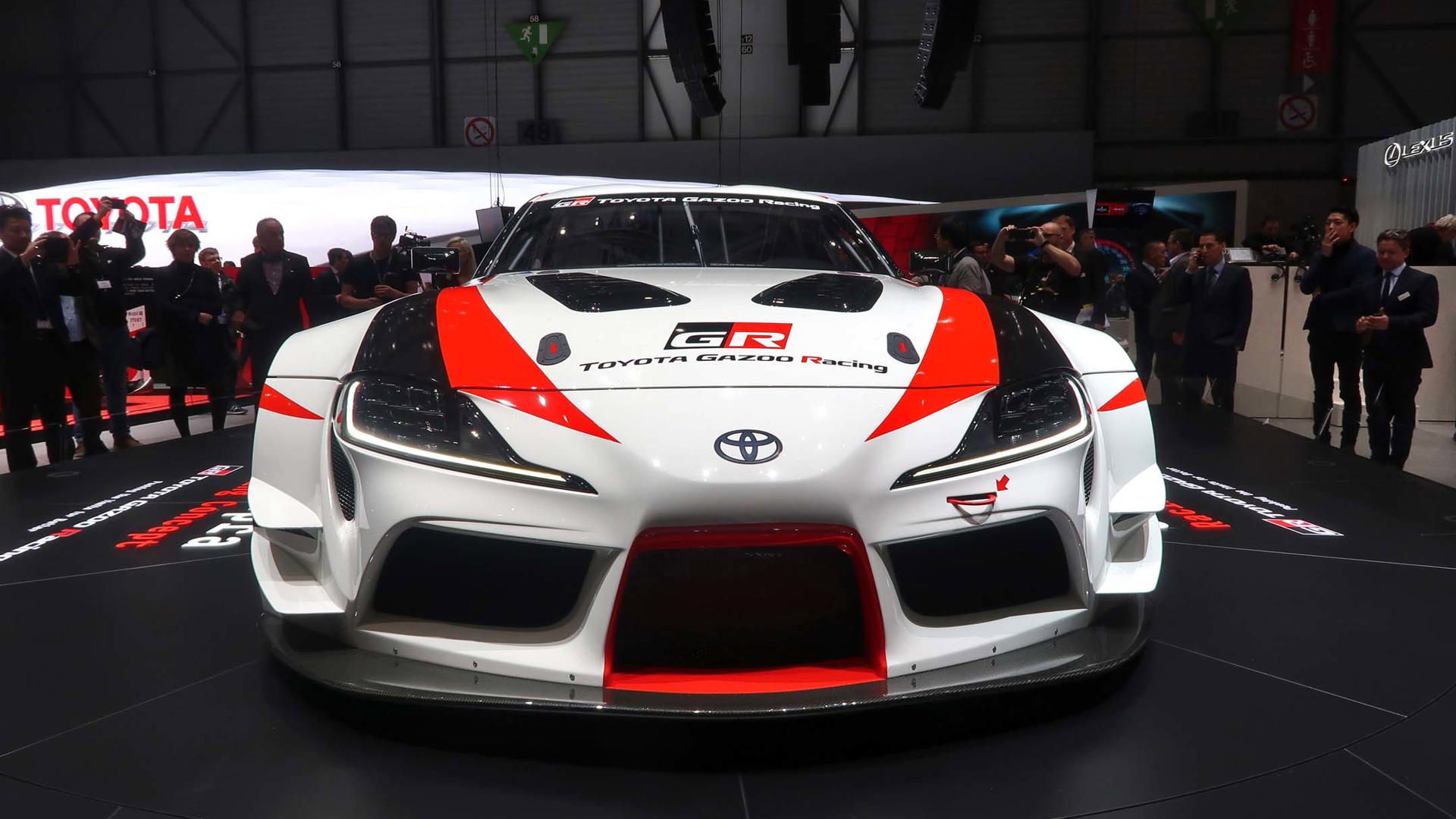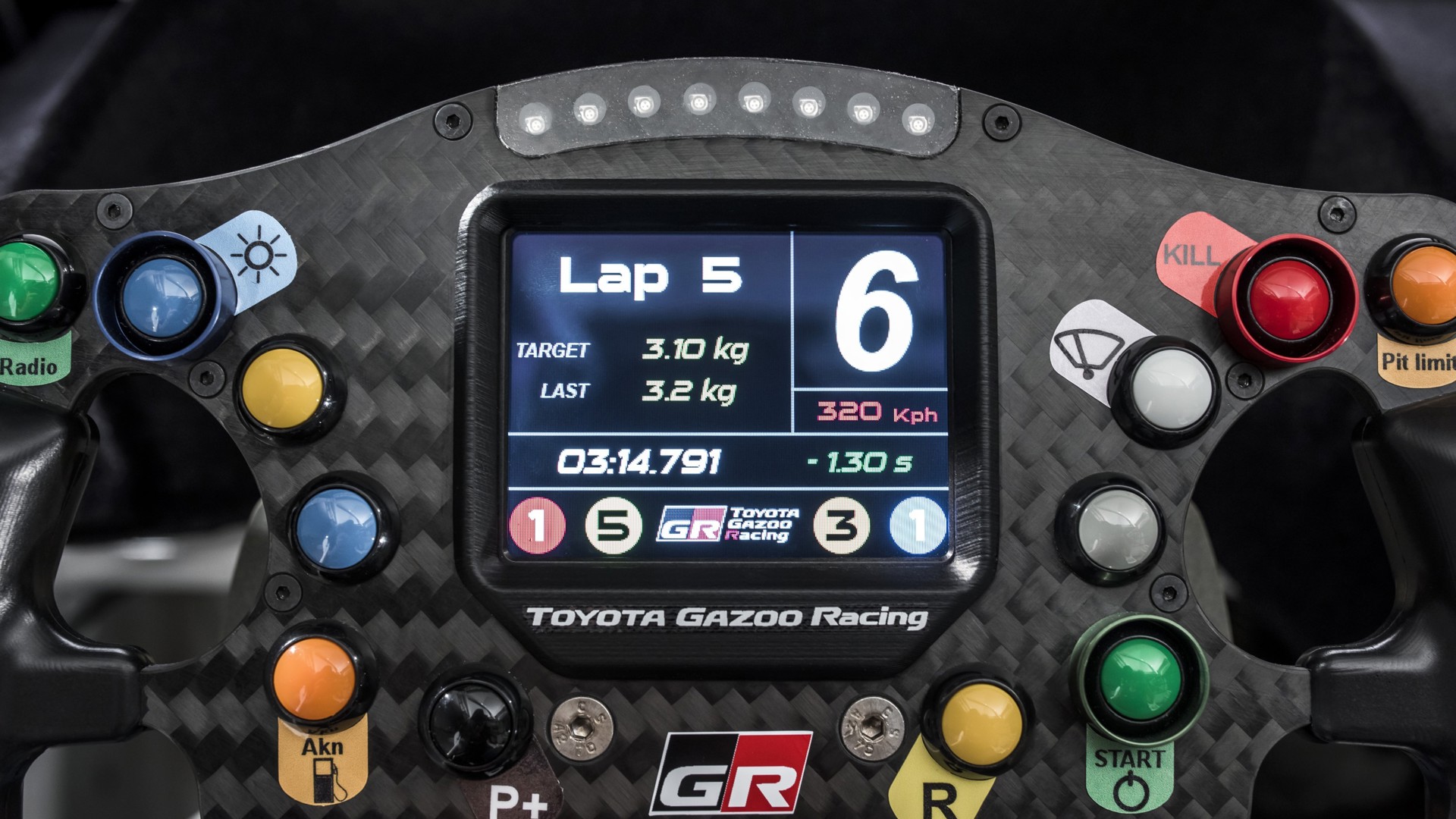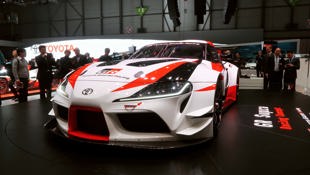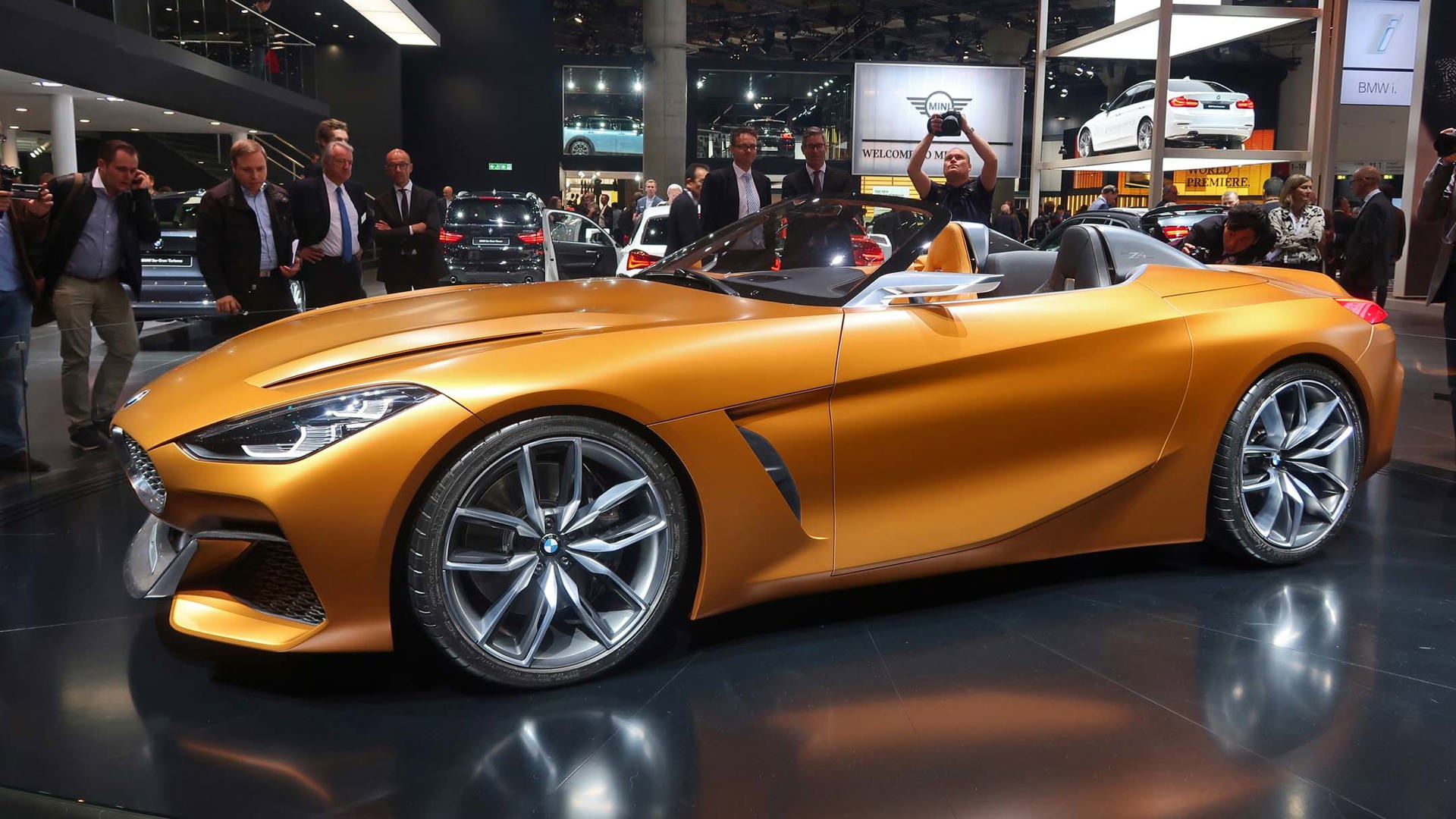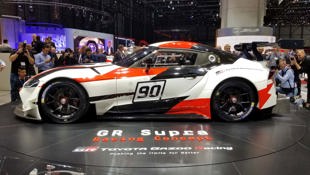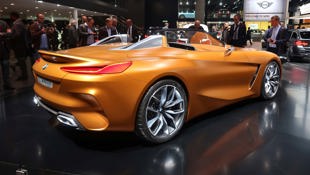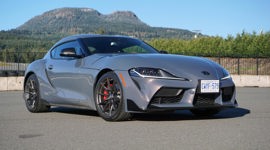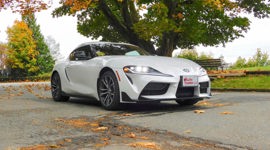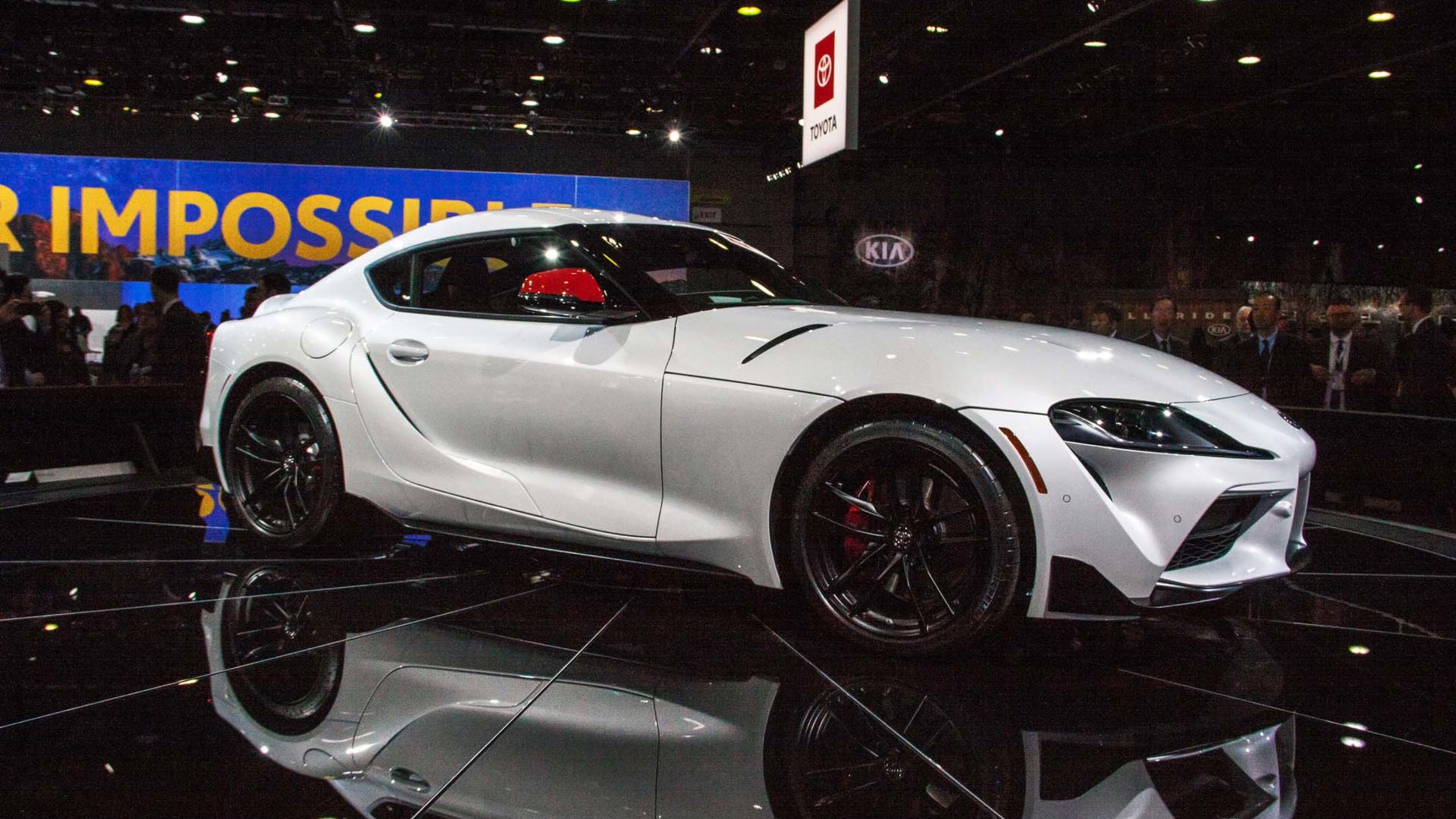If you’ve never gotten over the Toyota Supra’s passing, we have good news. Toyota recently took the wraps off the GR Supra Racing Concept at the Geneva Motor Show, and is expected to unveil the production version at a show sometime next year.
True to the Supra’s lineage, it will be offered with an inline-six engine
The Supra name dates from 1978, when it was introduced as a powerhouse version of the second-generation Celica. It then became a distinct model, working its way through four generations. It was discontinued in 2002, bowing out as Toyota’s most-powerful production vehicle.
It also had considerable track cred under its wheels, with the fourth-gen model winning the GT500 class in the All-Japan GT racing series (now the Super GT series) four times. The Supra also raced in American IMSA in the 1980s, and twice at Le Mans in the 1990s.
The new Supra stays true to the classic model’s configuration of front engine and rear-wheel drive, but with a twist: it’s being developed in collaboration with BMW, which will release it as the Z4/Z5 roadster.
In an interview in Geneva, chief engineer Tetsuya Tada said that wasn’t always as simple as it sounds. He was surprisingly candid about the difficulties in melding two companies from considerably different backgrounds and cultures.
“I was in the midst of a press event in Spain for GT86,” Tada said, referring to the sports model – initially sold here as the Scion FR-S, and now the Toyota 86 – that was also Subaru’s BRZ, and for which he was the chief engineer. “I was instructed to go to Munich to see BMW secretly. Coming back to Japan, I told my superior it could be possible to do joint development. At the time we did not have any clear project idea. It wasn’t (yet) Supra.
“When you work together, it is a given that we will seek out as many common parts as possible. With BRZ, the only differences were colours and badges. We expected that BMW had the common sense to seek out as many common parts as possible, but that was not the case. The development process was quite different than when we worked with Subaru. Even if the hardware seems similar, the calibration is quite different.”
Not surprisingly, Tada was tight-lipped about most of the car’s specifications. But he did reveal that, true to the Supra’s lineage, it will be offered with an inline-six engine – which BMW currently makes, and Toyota does not.
“This is the fifth-generation Supra, and from first to fourth, consistency is a straight-six engine in all of them,” Tada said. “Straight-six engines were very popular when Supra (was produced), but there are now only a few companies that adopt straight-six. It’s long and it is hard to package it (in a sports car).”
However, he did hint at the possibility of other types of propulsion. “For Toyota, we are living in an age where there are major technological shifts for cars. There are options of hybrids, more advanced gasoline powertrains, and electric, and I think we need a bit more time to figure out what is best for future sports cars. We are also aware of rumours of four-cylinder variants. We still have time and opportunity to decide what to launch.
“The sports car does not stop evolving once it’s launched in the market. It needs to evolve every year, so obviously we are preparing for the initial launch, but we have in mind further variations once it’s out.”
And how many pedals will there be? Tada mostly sidestepped the transmission question, saying that while he’s been asked numerous times if there will be a manual, “we are currently comparing different options to see what will be the best.”
While it may seem odd for automakers to work with their rivals, it basically comes down to time and money. It’s a huge investment to design, engineer, develop, and launch any vehicle, Tada said, but it’s even harder to make a business case for a sports car, which always sells in relatively low numbers. Working in collaboration helps spread the cost, even with models that aren’t going to be carbon copies of each other. “For Toyota, we wanted a pure sports car in making a Supra, and as for BMW, for their Z4 or Z5, I think they have different ideas behind their development… but for that, you have to ask BMW.”
The concept unveiled at Geneva was built by Toyota Gazoo Racing. The “90” on the door is the new Supra’s code name: the first-gen was the A40, followed by the A60 in 1981, A70 in 1986, and A80 in 1993. It features extensive use of composite materials, including the huge rear wing, bumpers, front splitter, and rear diffuser, and plastic windshield and windows. The chassis is lowered, the wheels are from BBS and clad with Michelin racing tires, and the brakes are from Brembo Racing.
The concept will be available to fans in the Gran Turismo Sport video game, in a new release scheduled for April 2018.
So why bring the Supra back now, I asked. “We wish we could have revived it earlier,” Tada told me, “for the sake of many requests from fans around the world. We need to apologize to them for taking so long; we’ve had fifteen long years and we’re sorry for that.
“There was a ten-year blank before the launch of GT86, when Toyota didn’t make any sports car at the production level. The development of GT86 was full of difficulties, because in ten years of not making sports cars, there was no accumulation of know-how, and I couldn’t seek out any advice internally in the company. That was not the case for Supra, because we had these years of experience thanks to GT86 development.”
And not only that, but Tada has a little personal history backing him up as well. “We talked about the front engine and rear-drive configuration, and I wanted to keep that as a heritage,” he said. “The chief engineer in charge of the A80 version was my teacher, Mr. Isao Tsuzuki. He taught me all about designing cars, so the rear fender design and how it’s curved is taken from that.”
